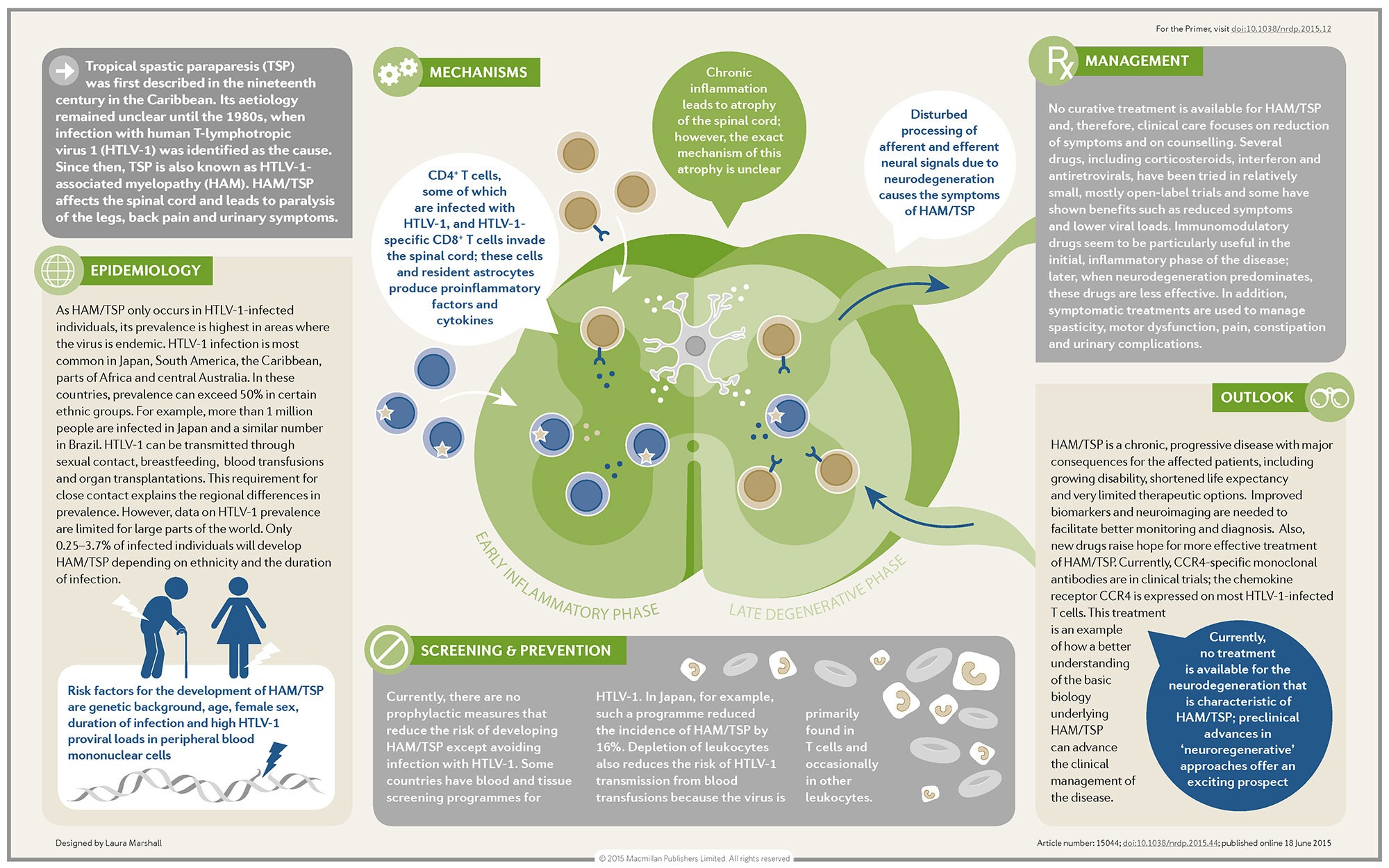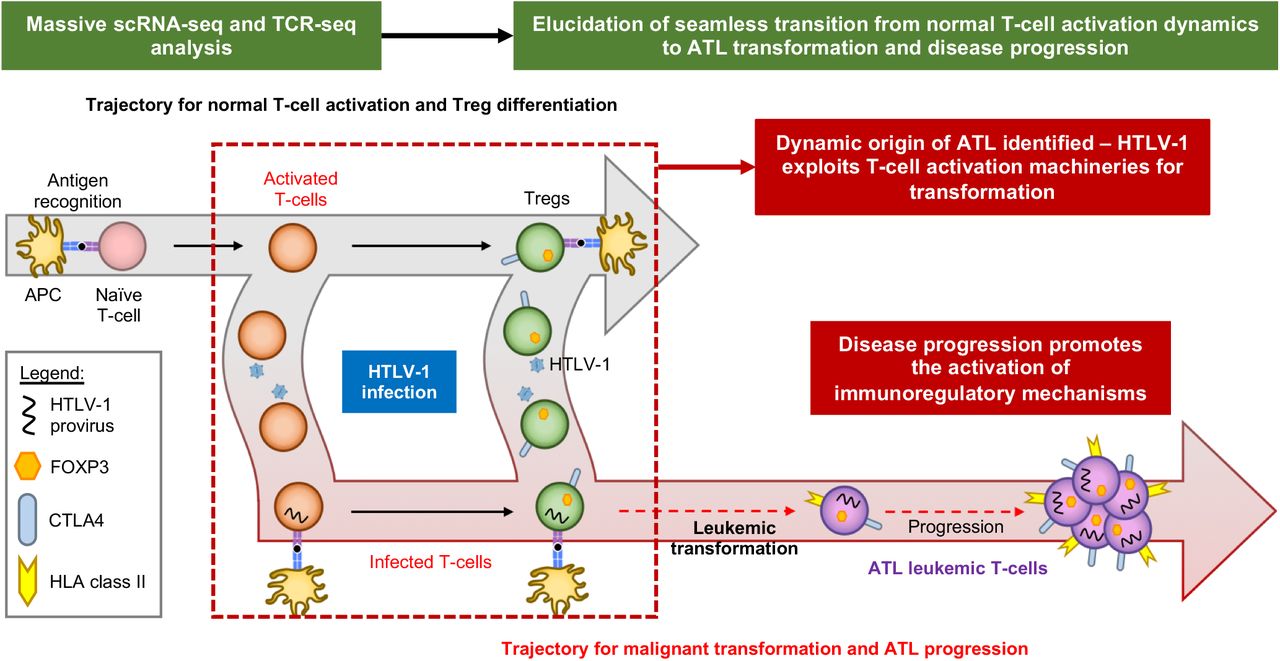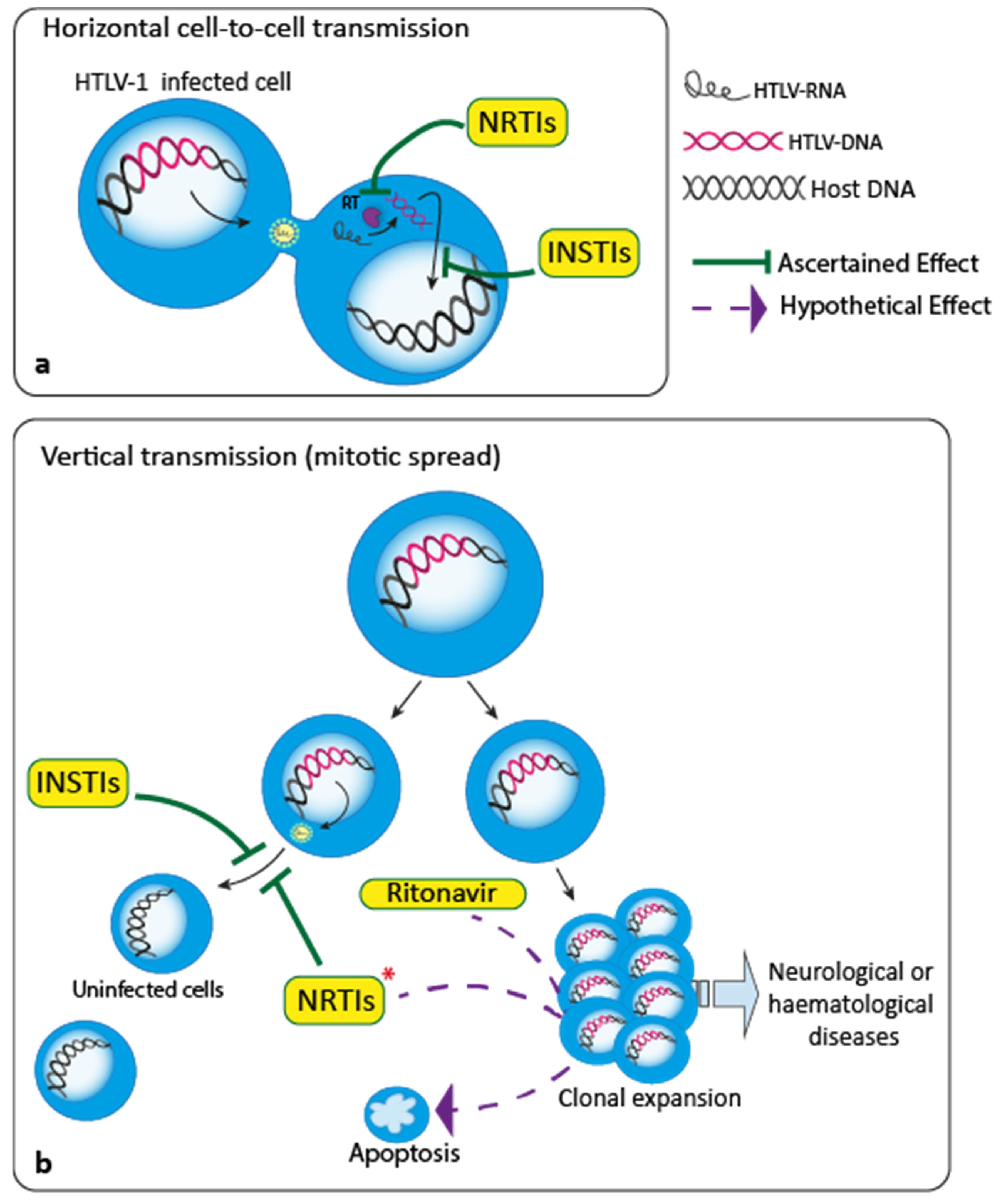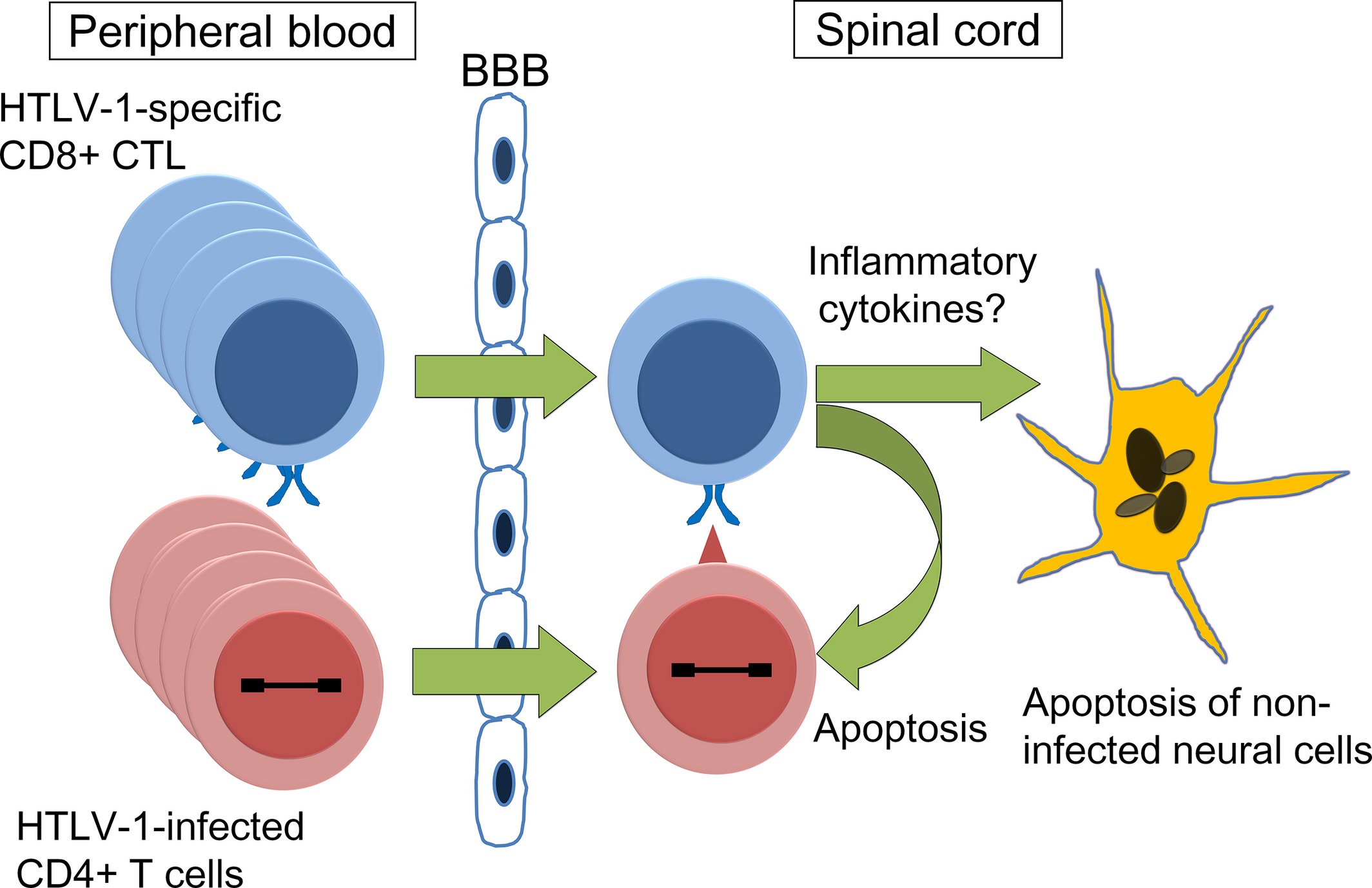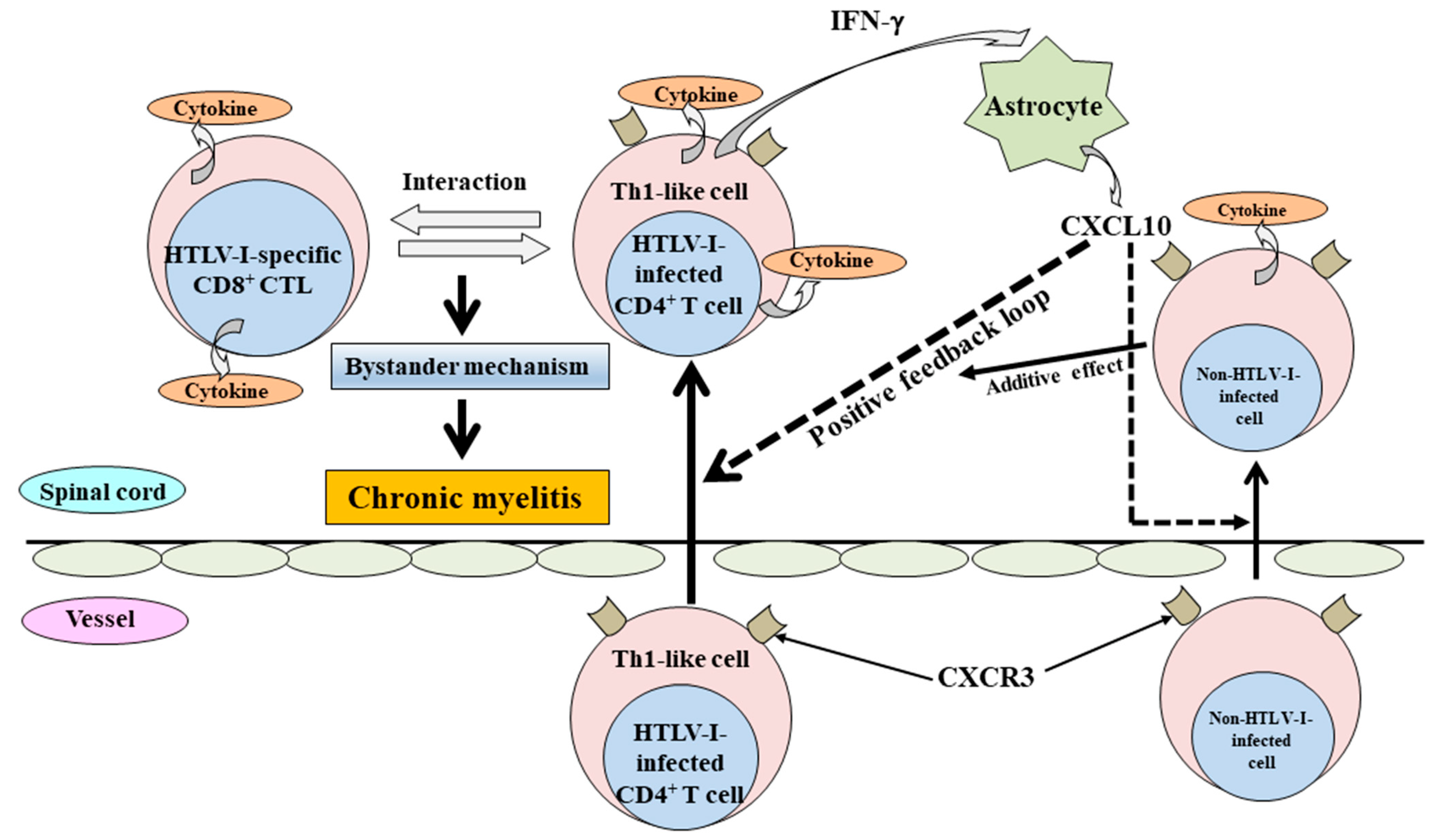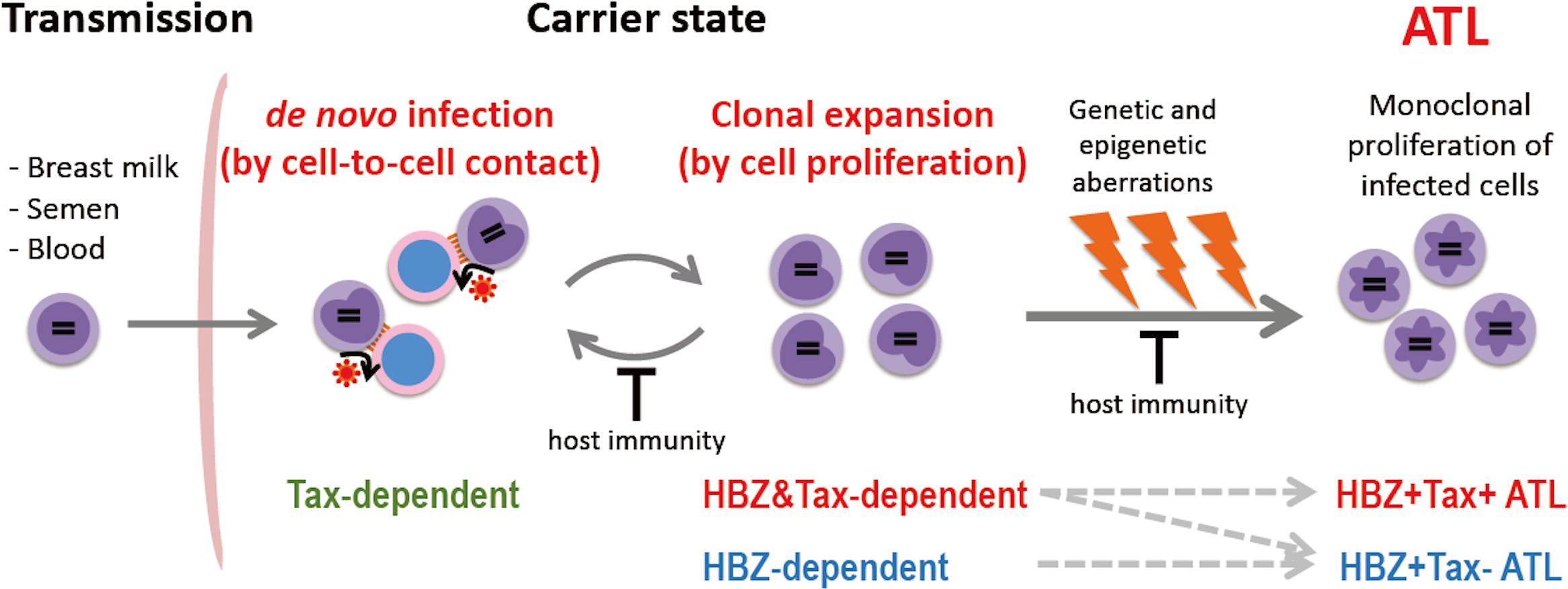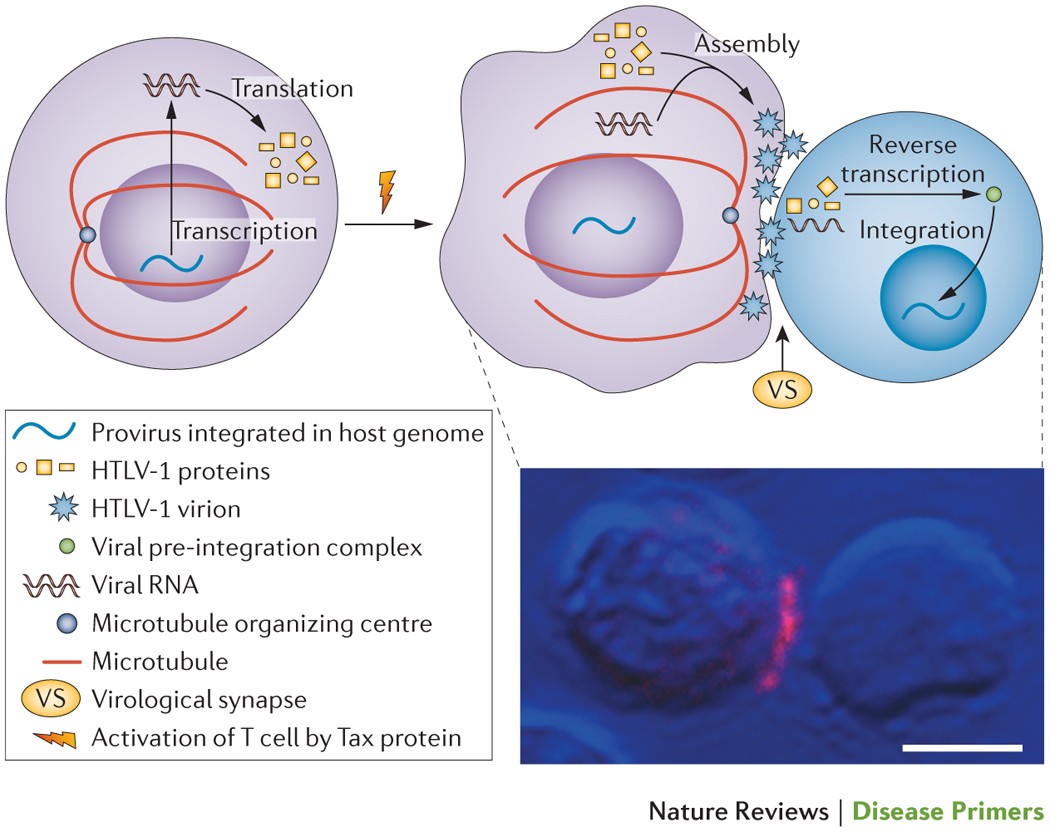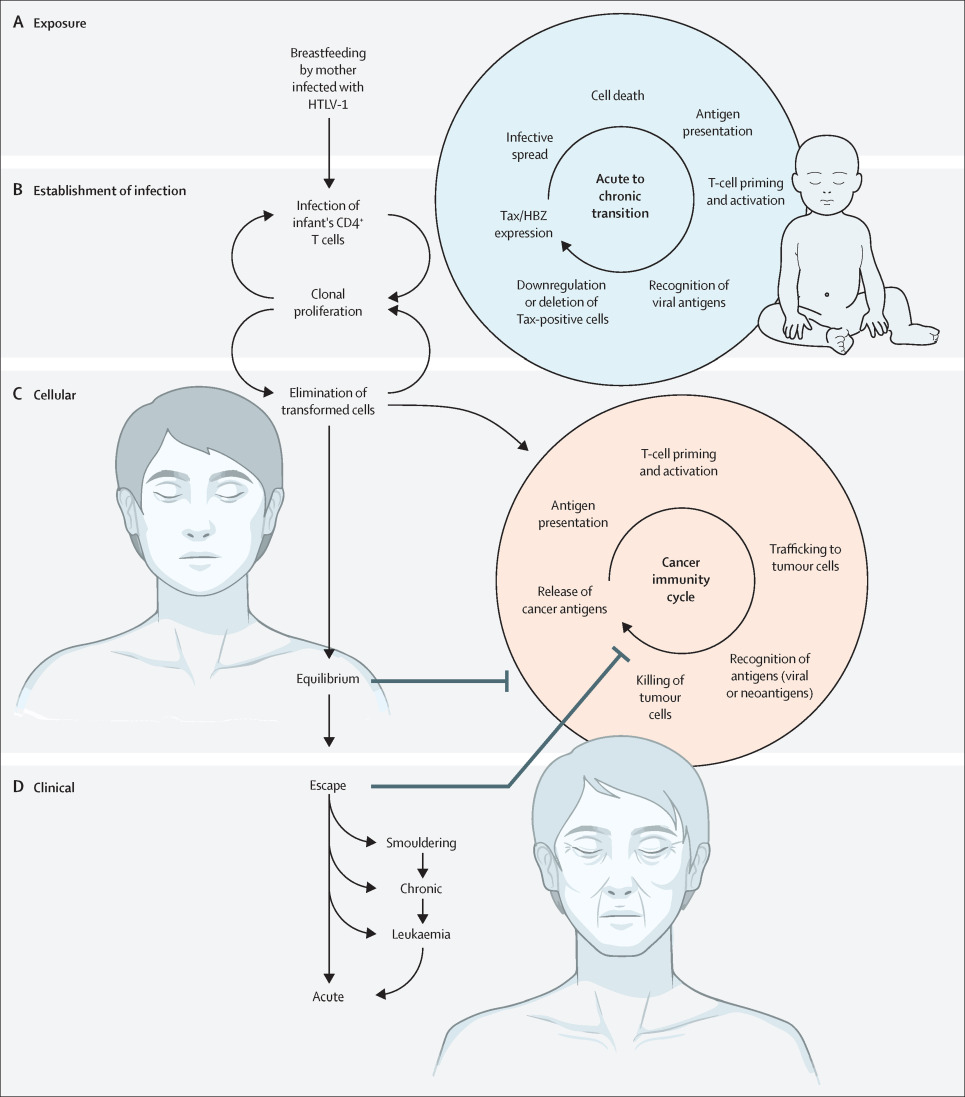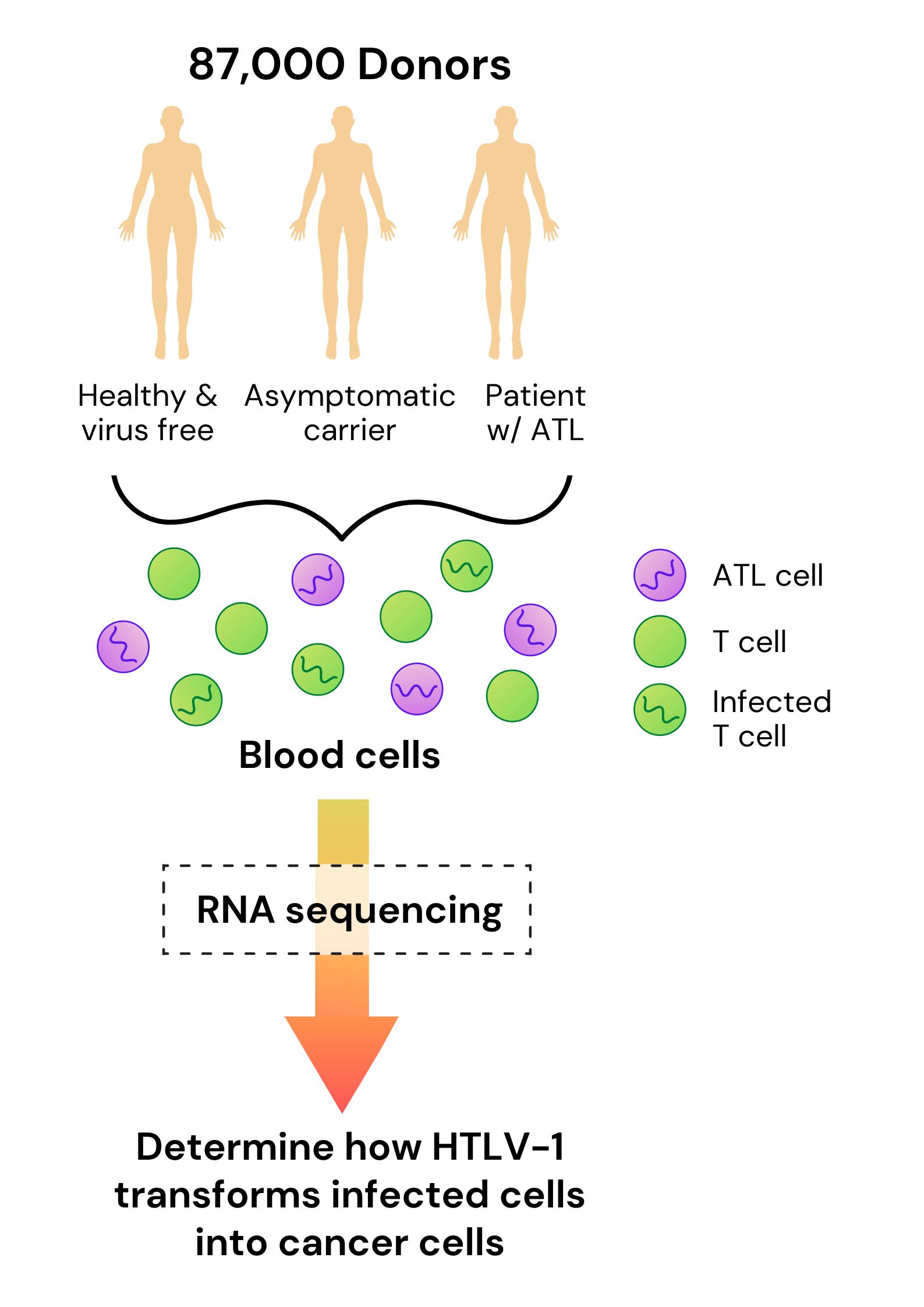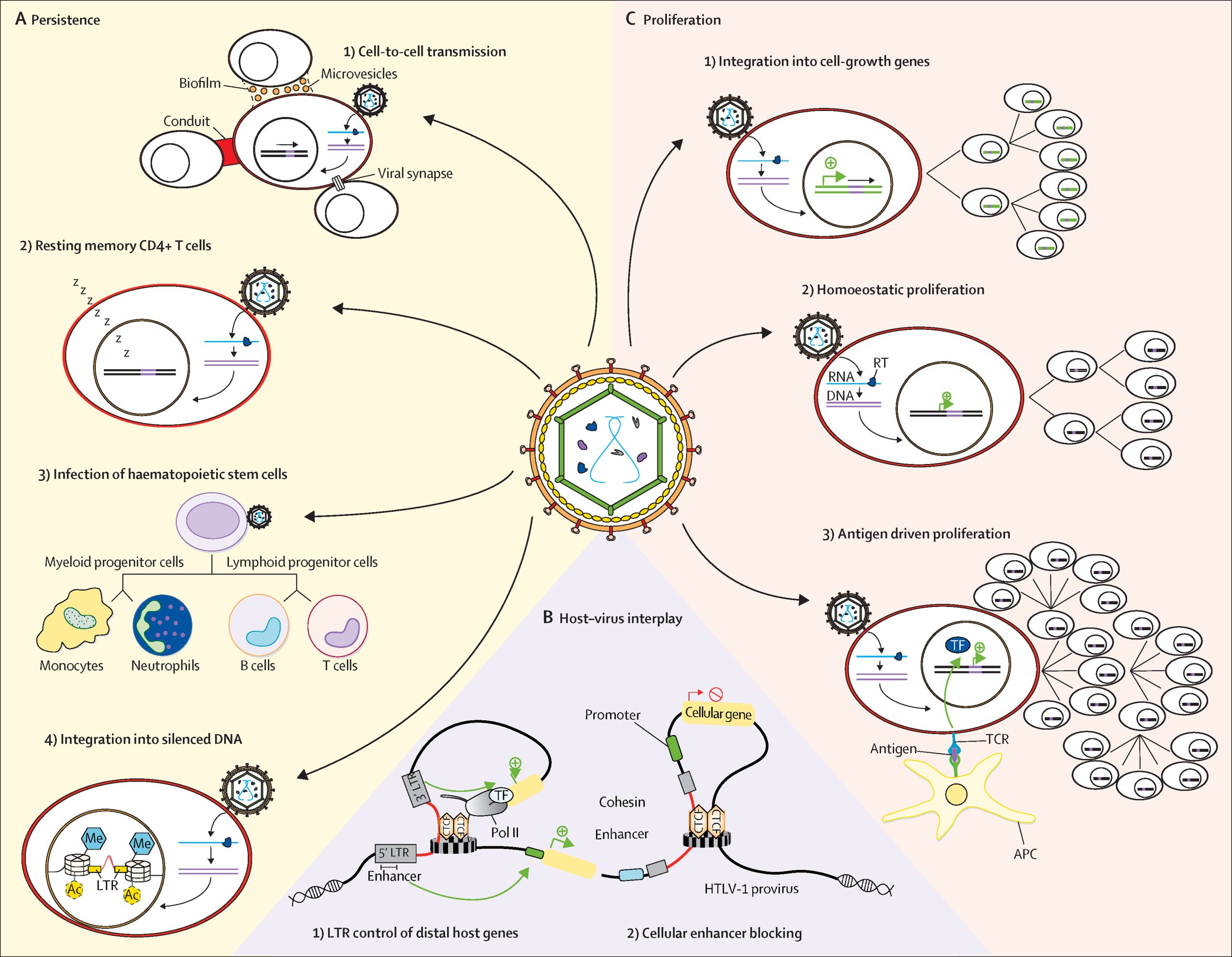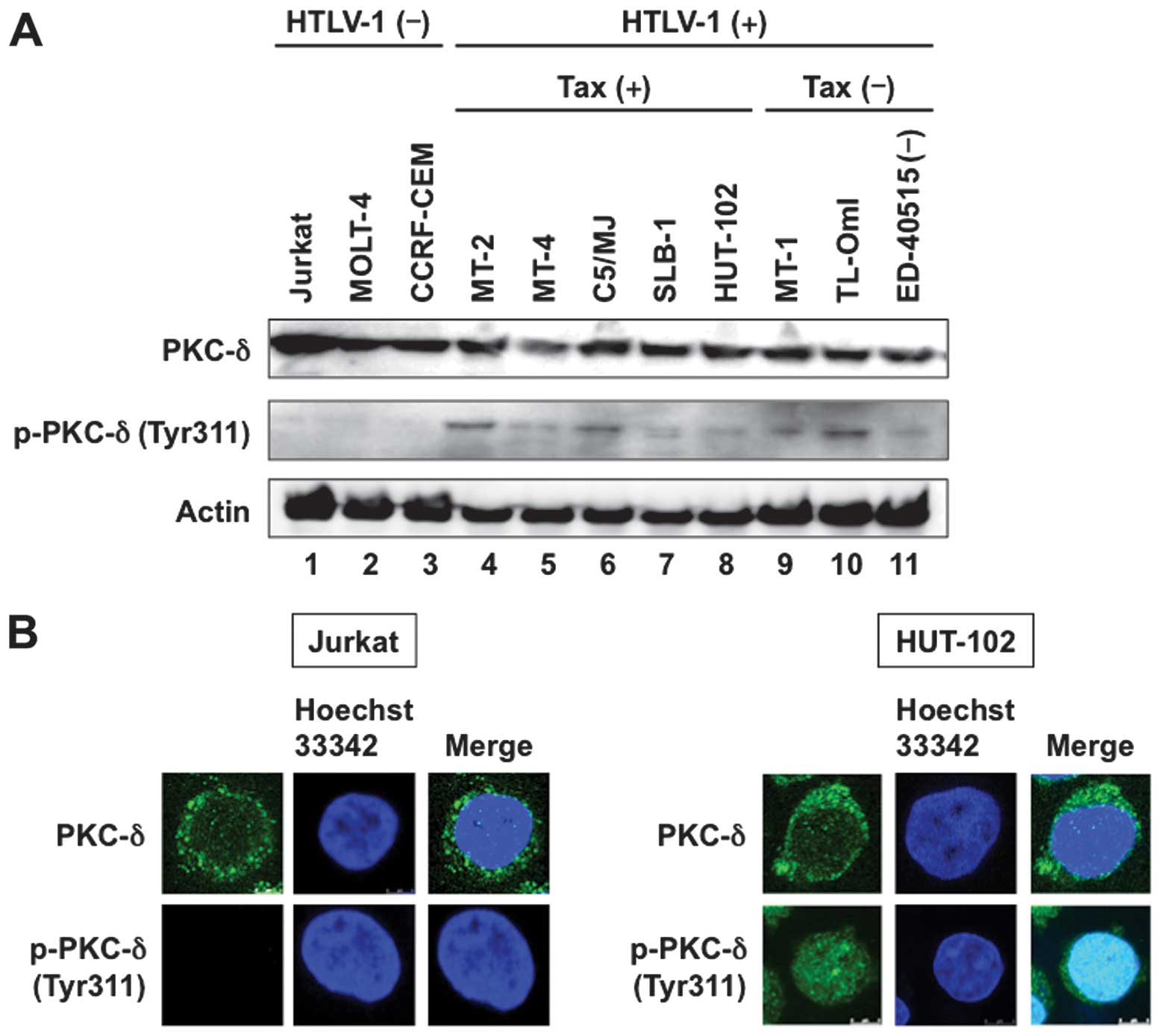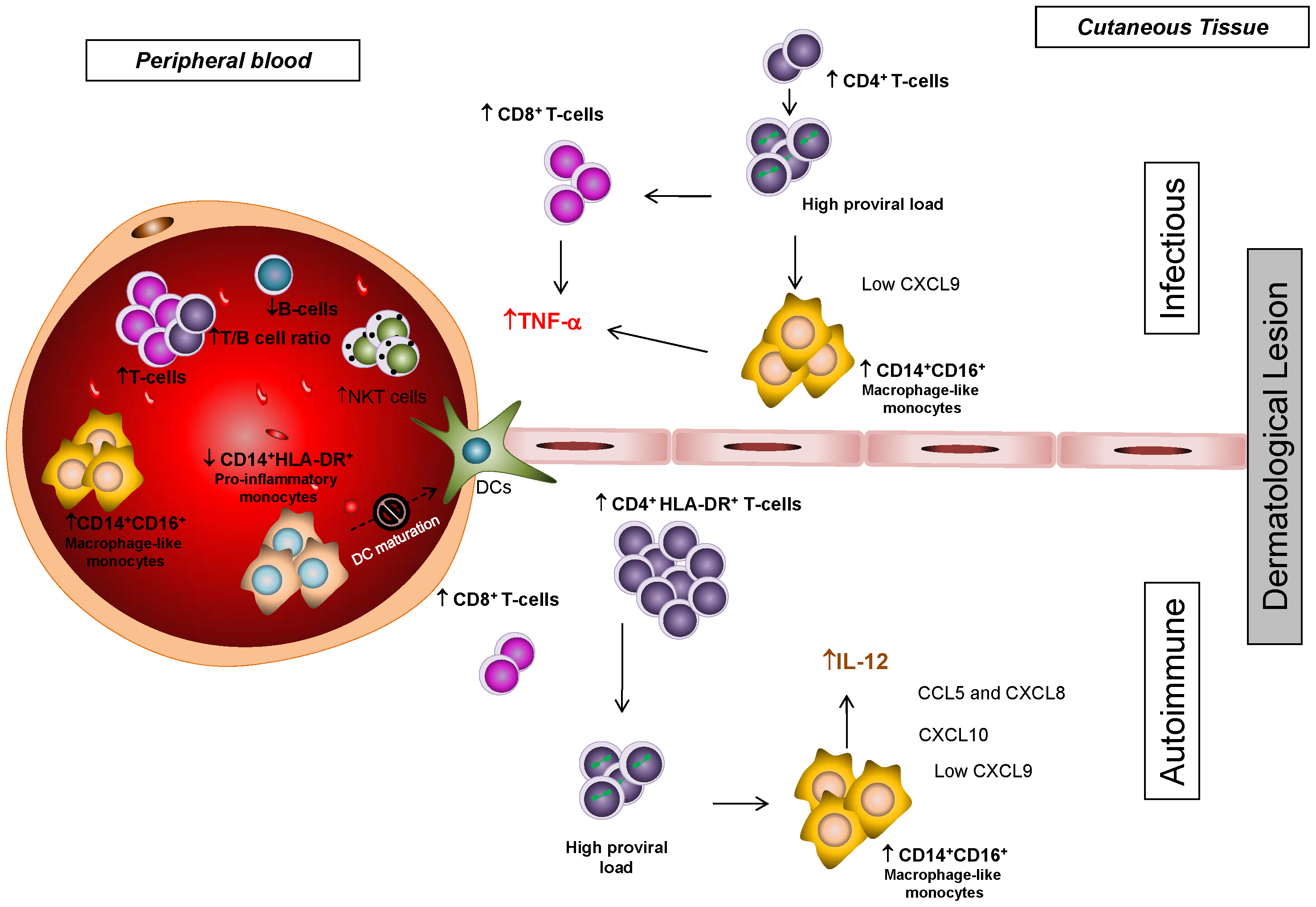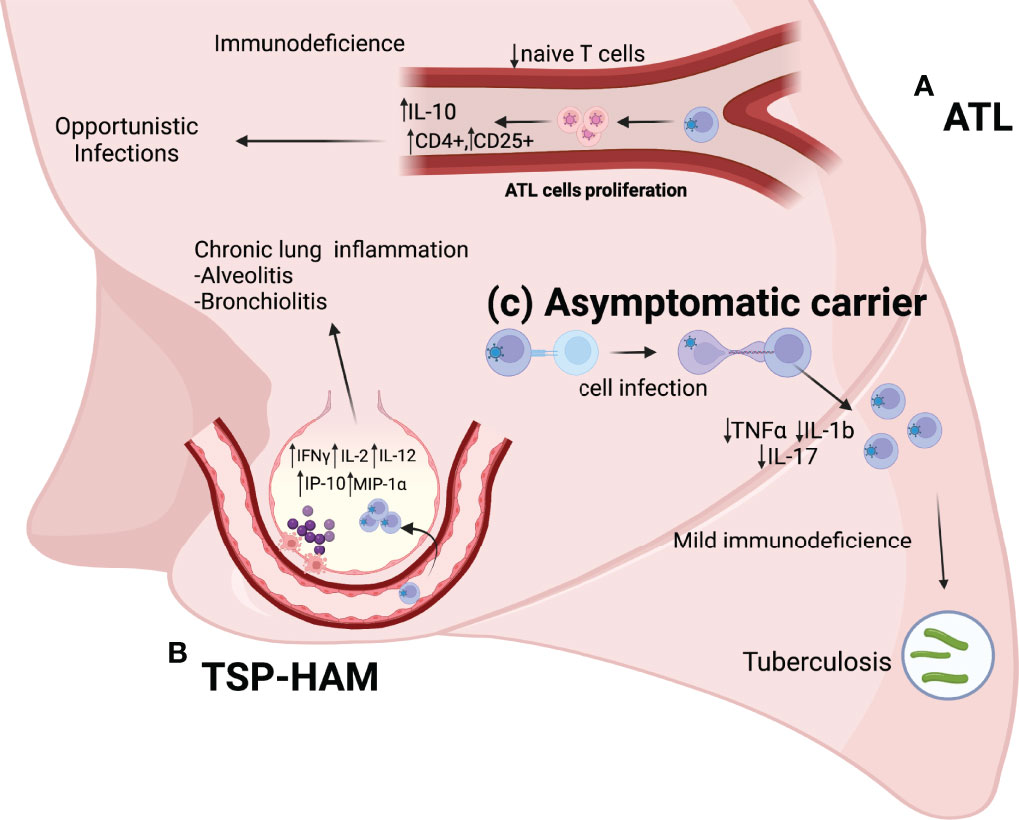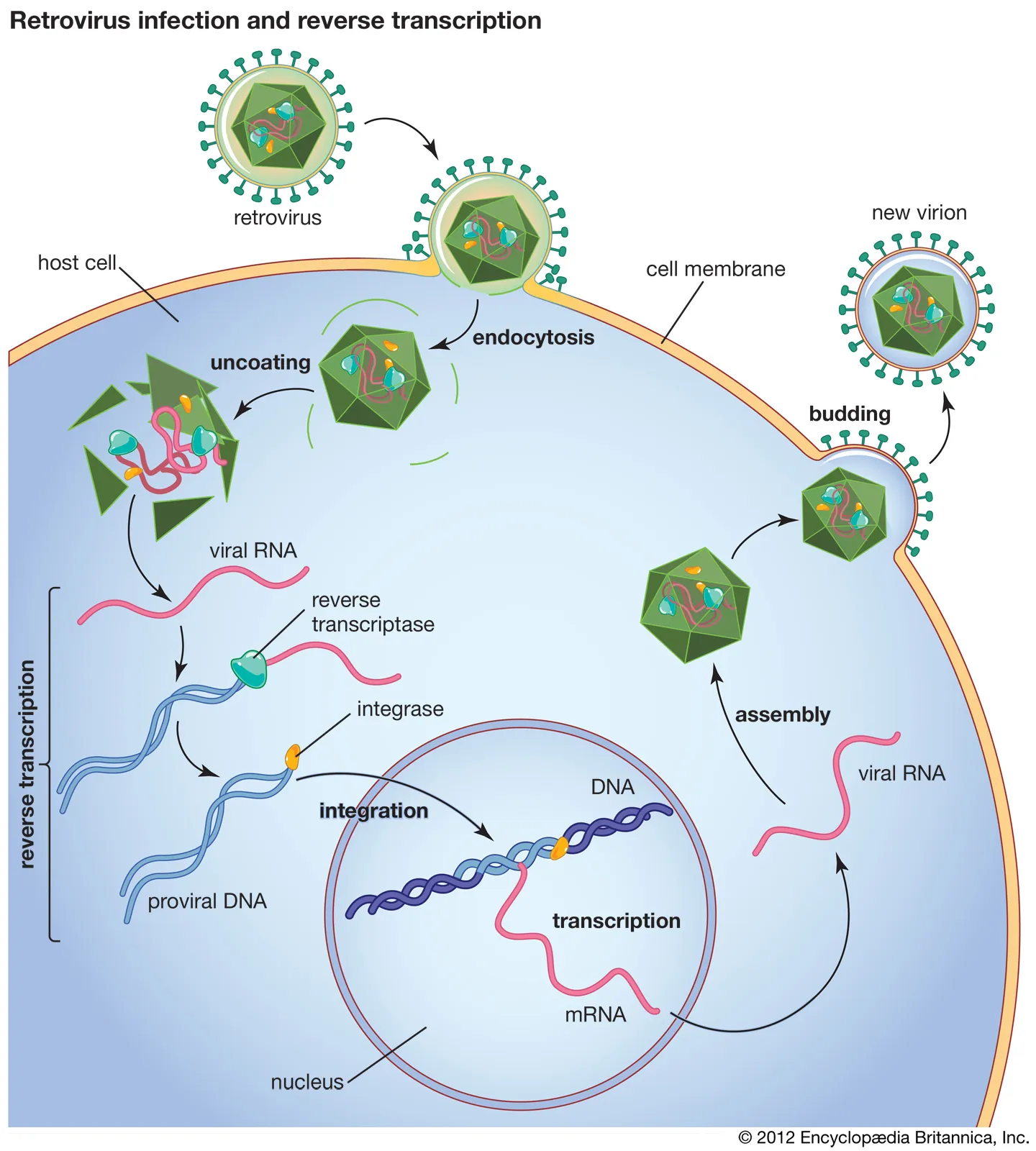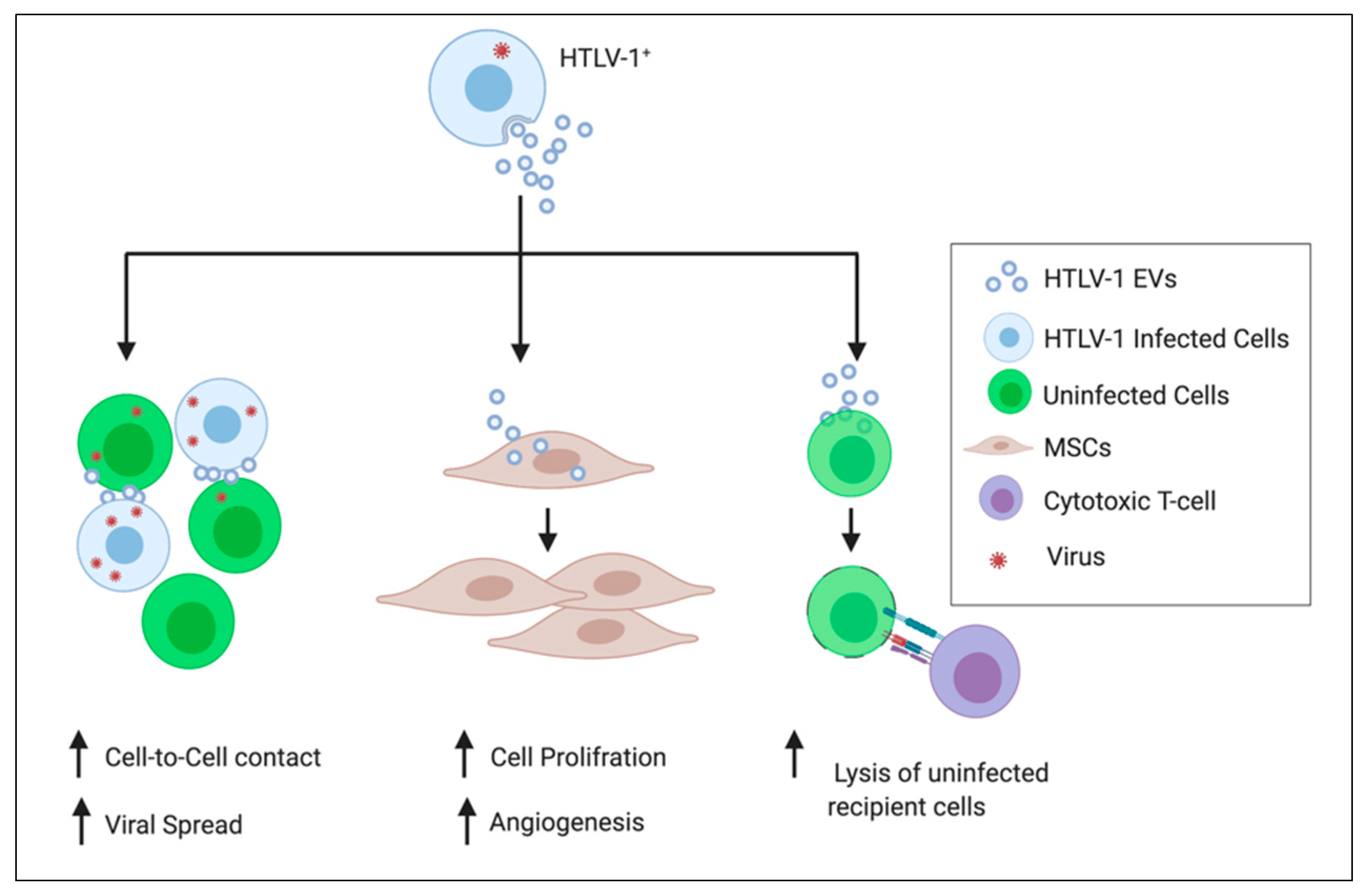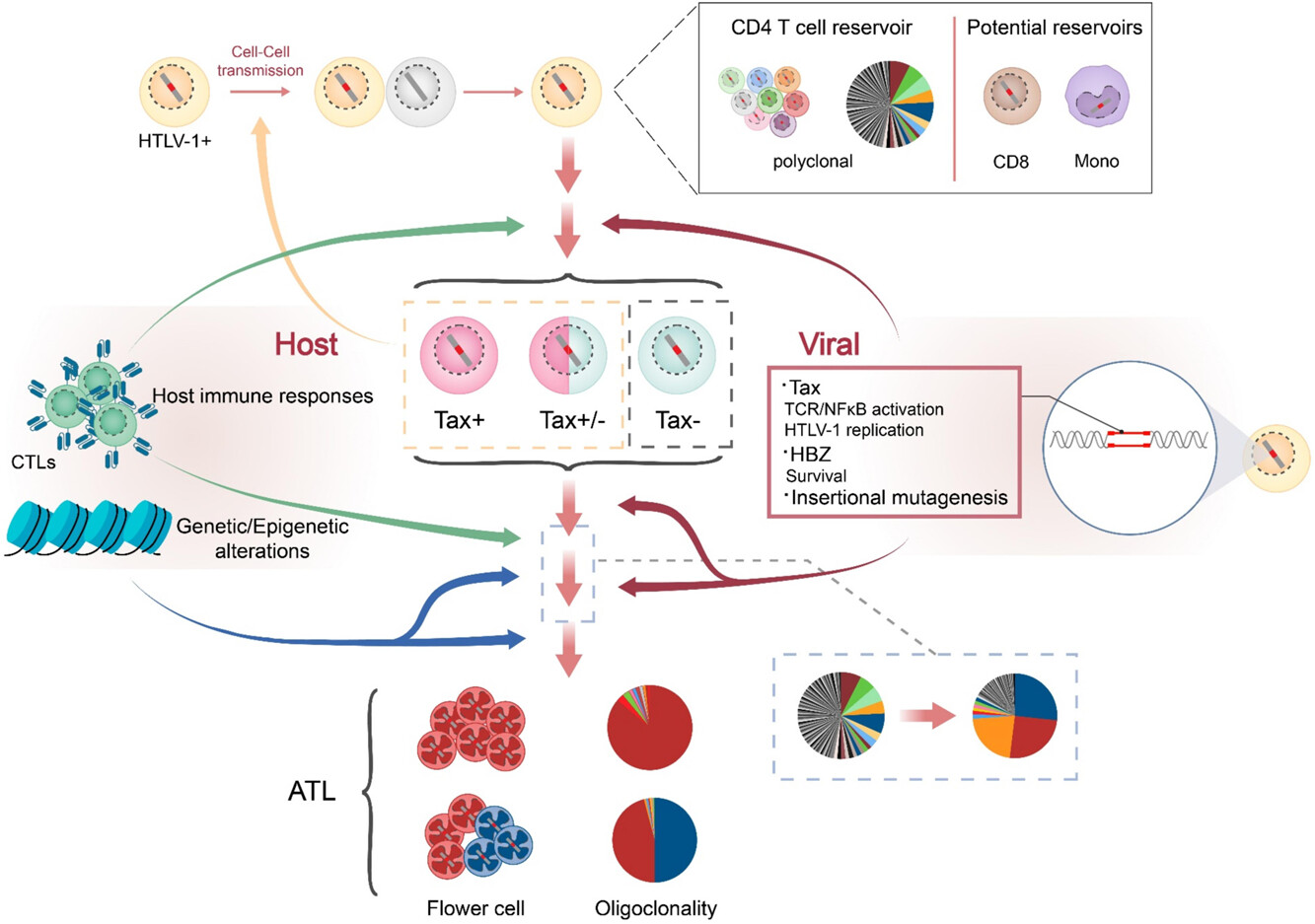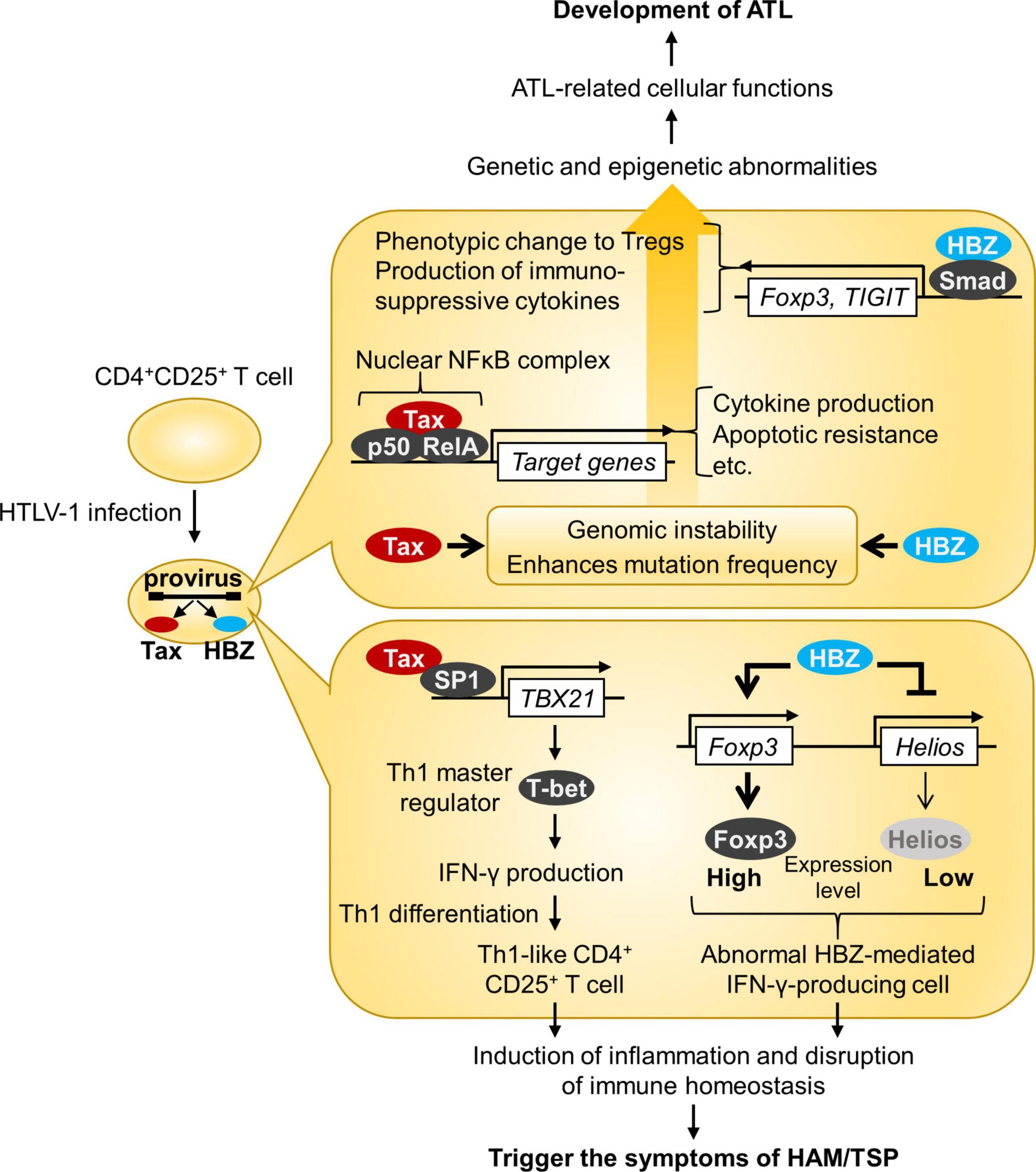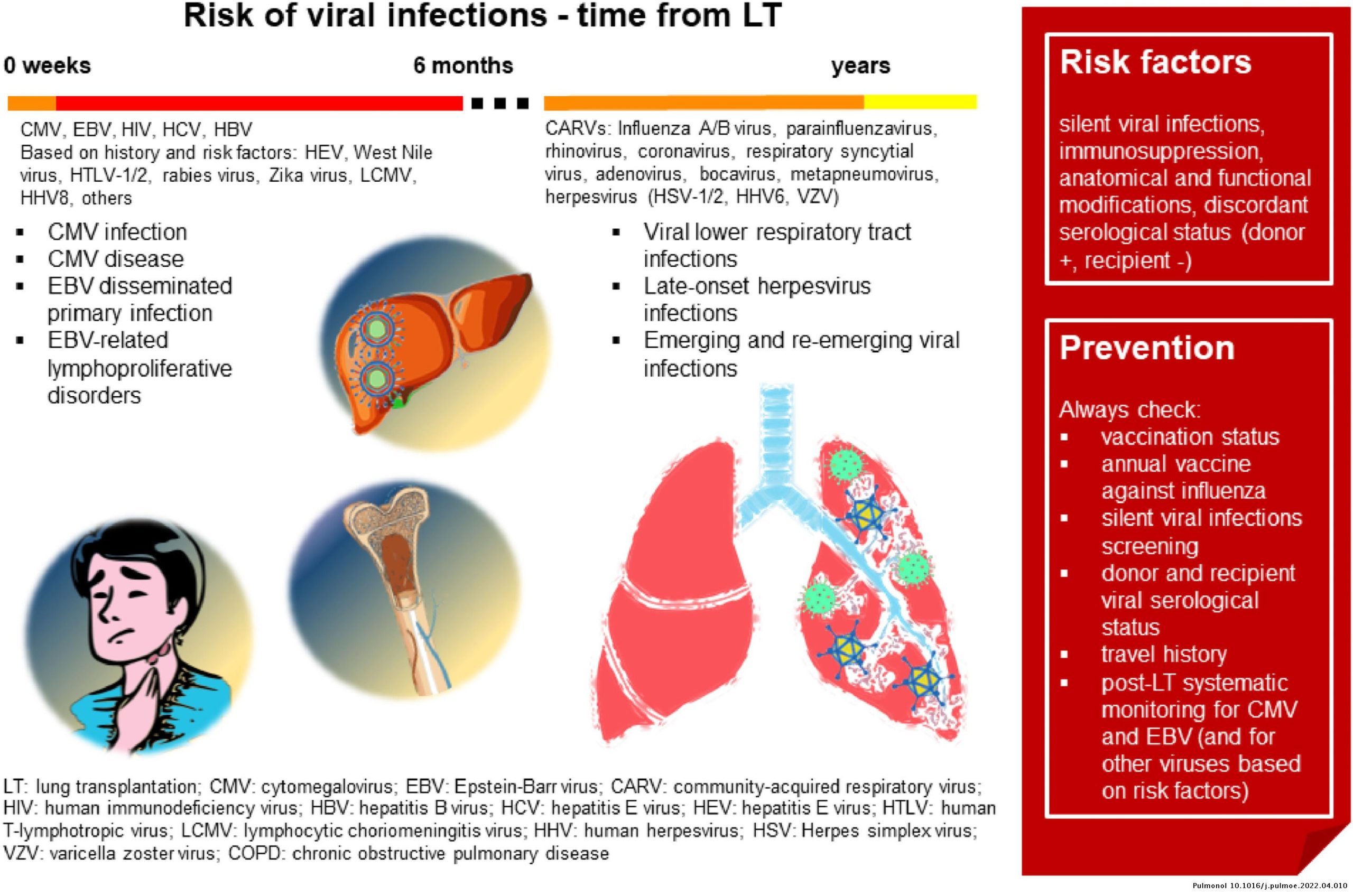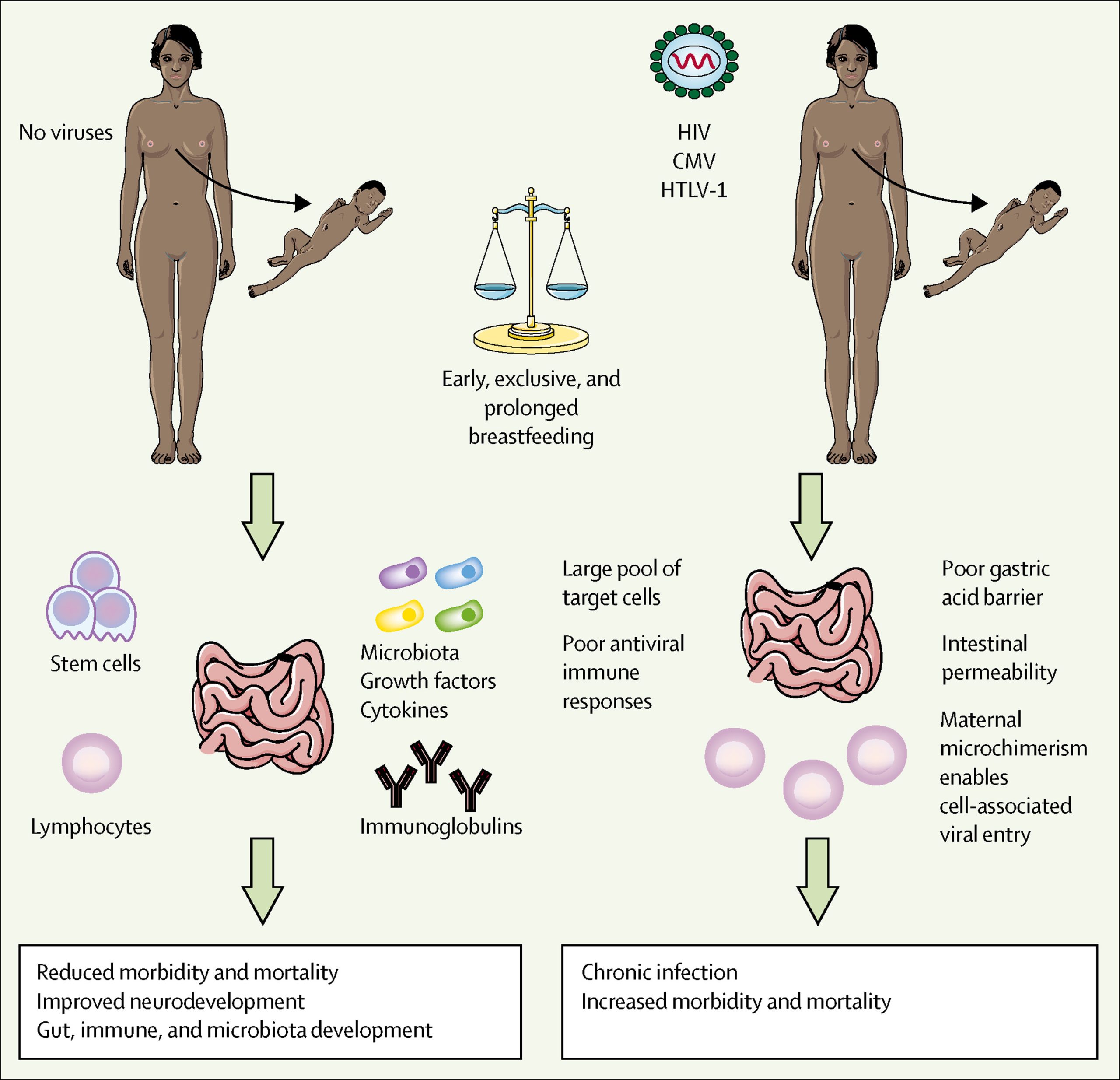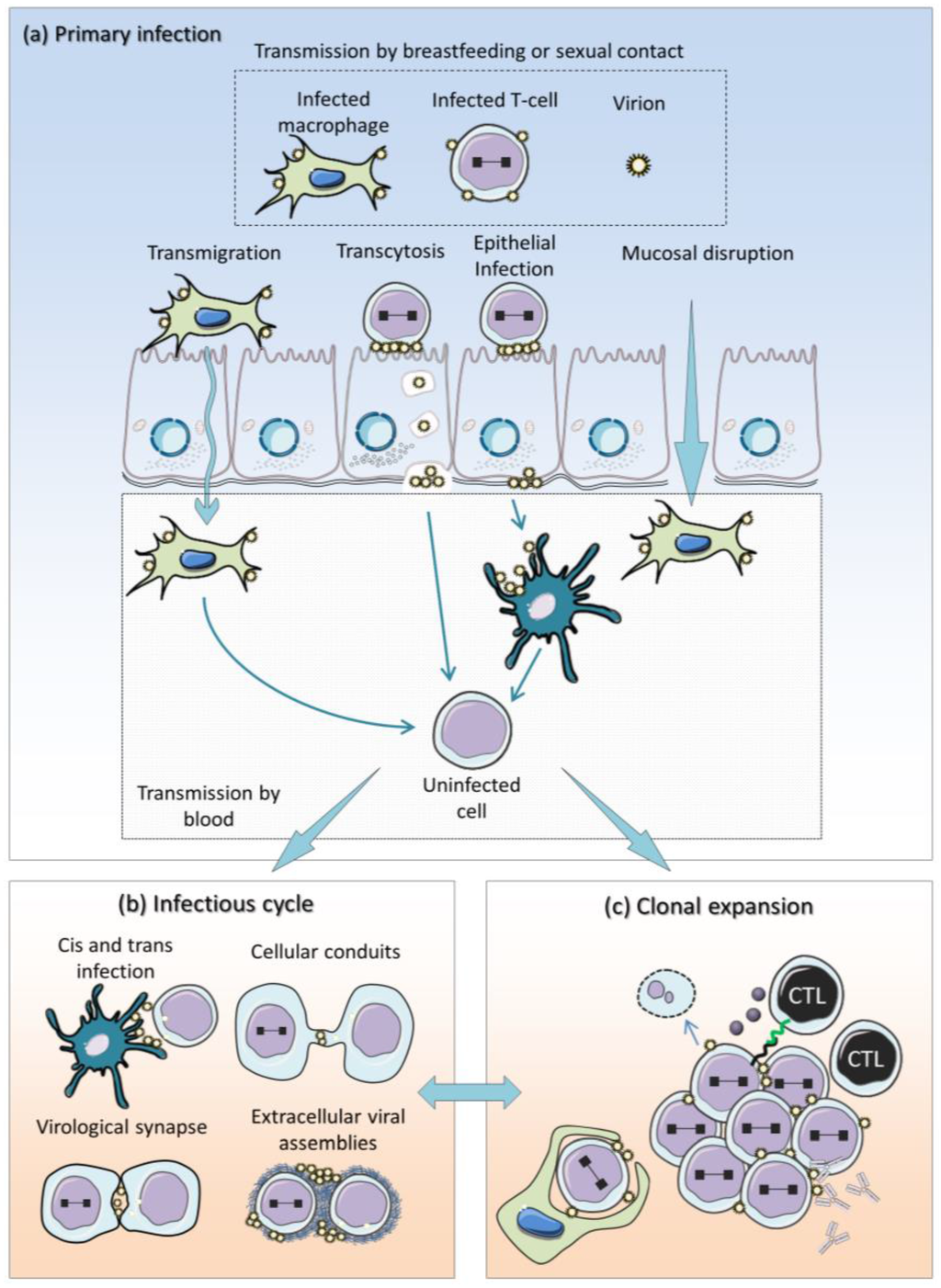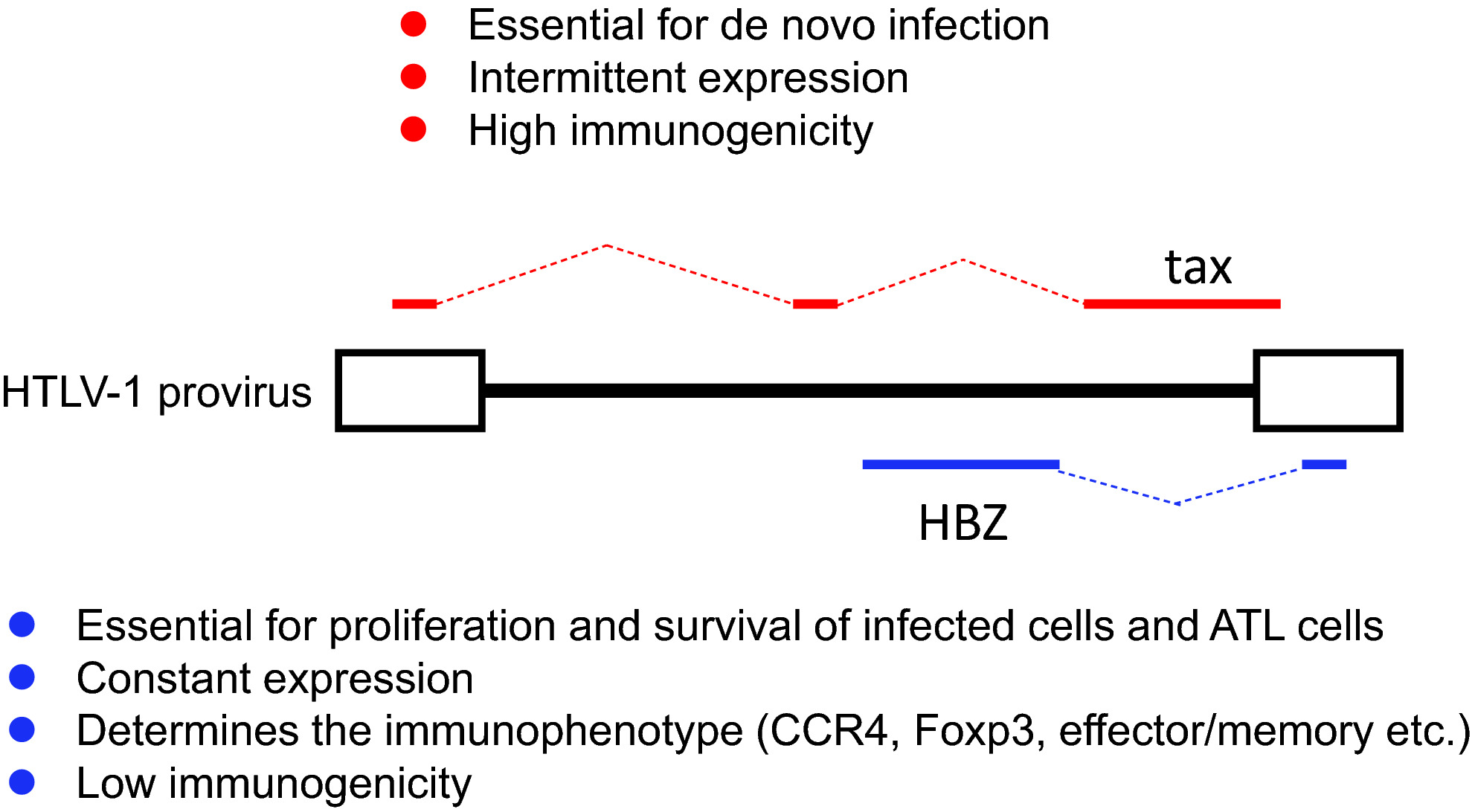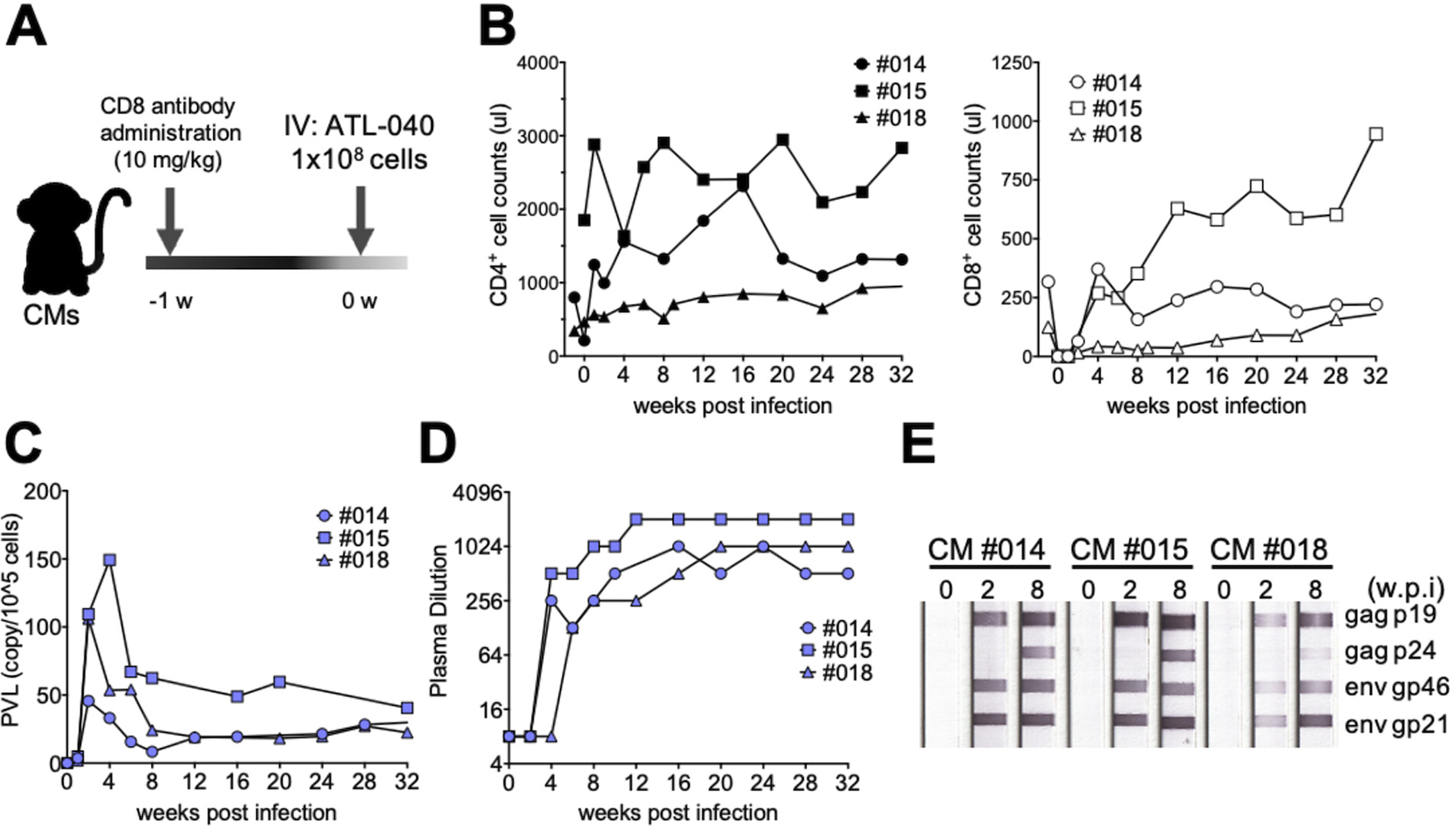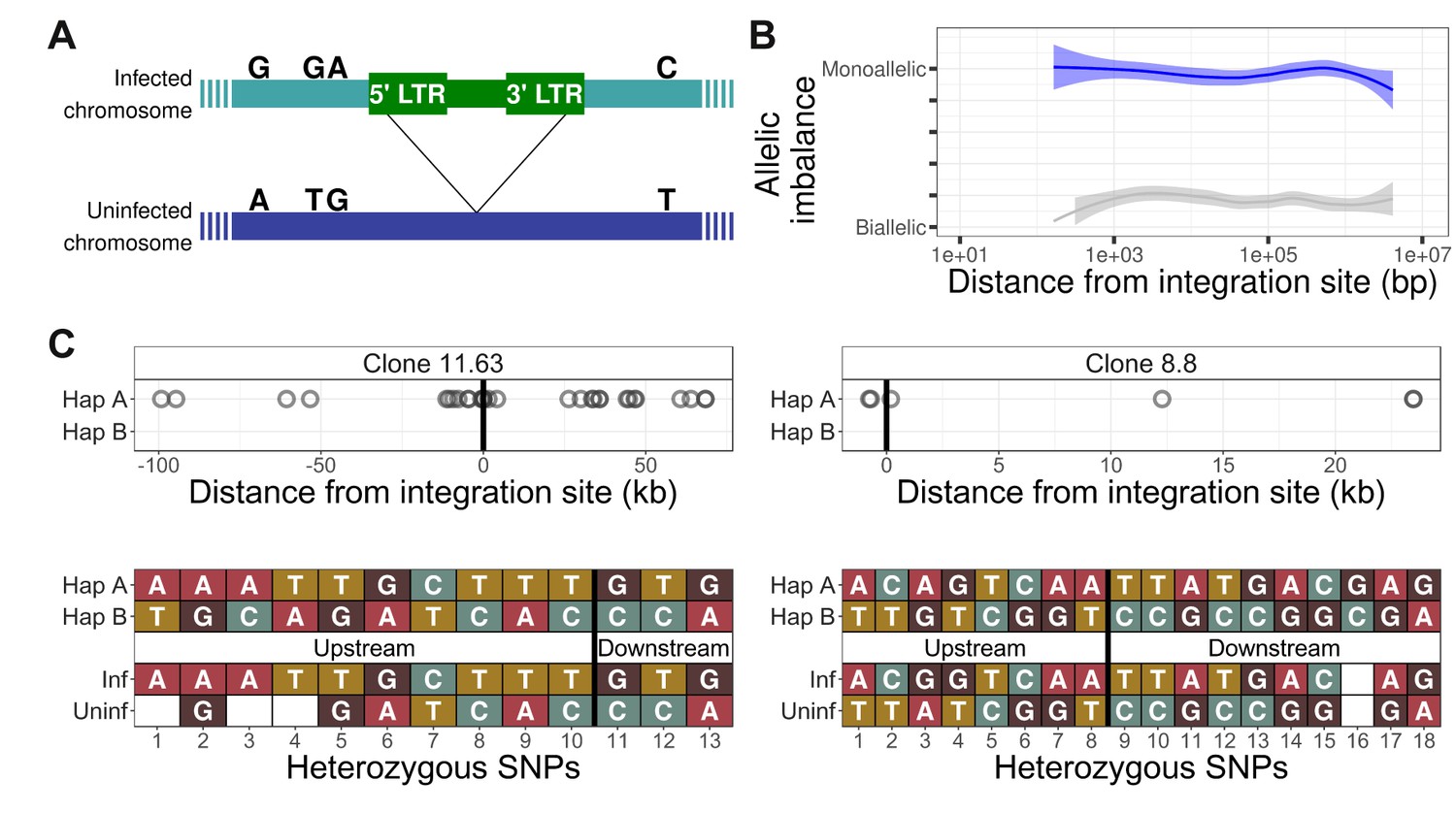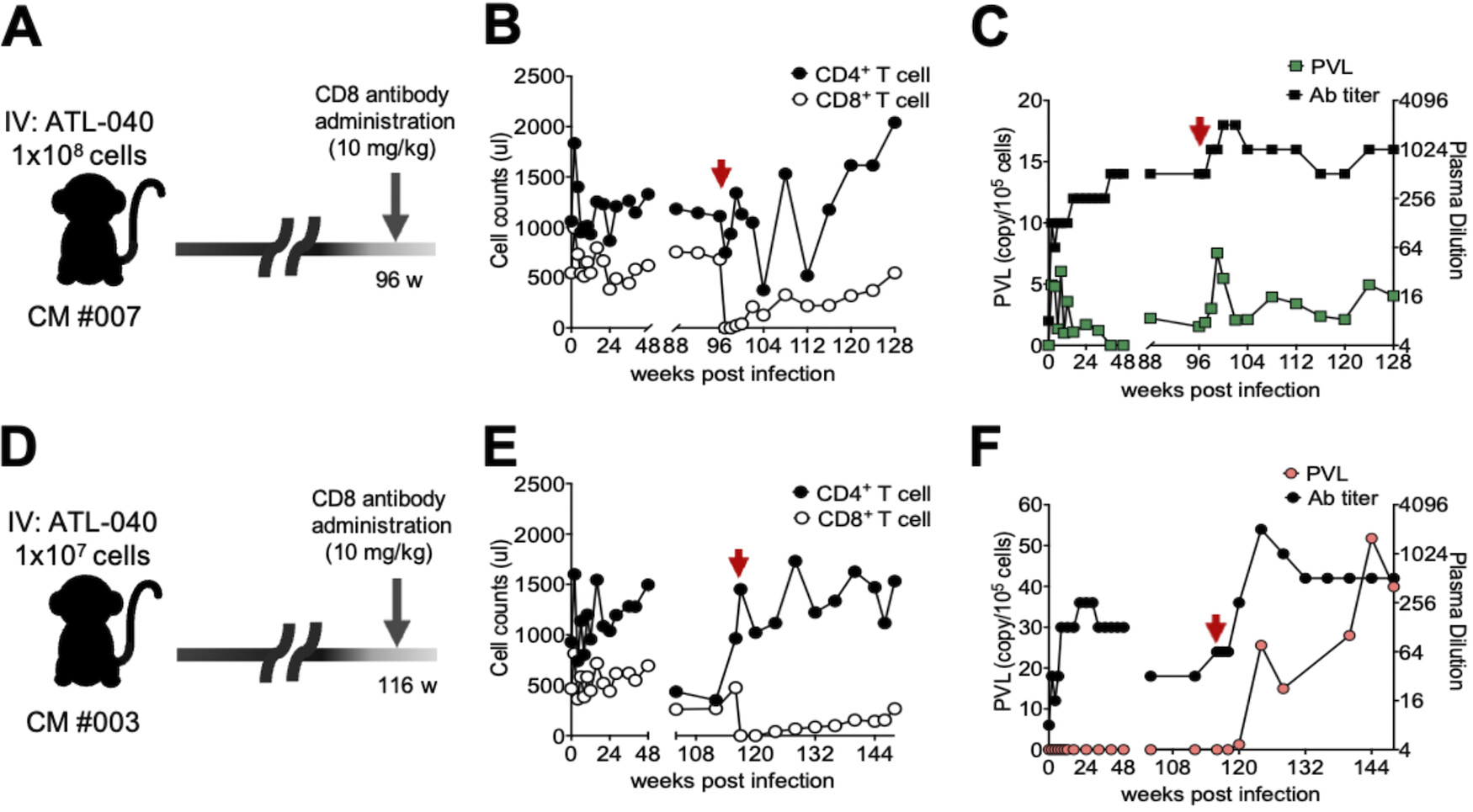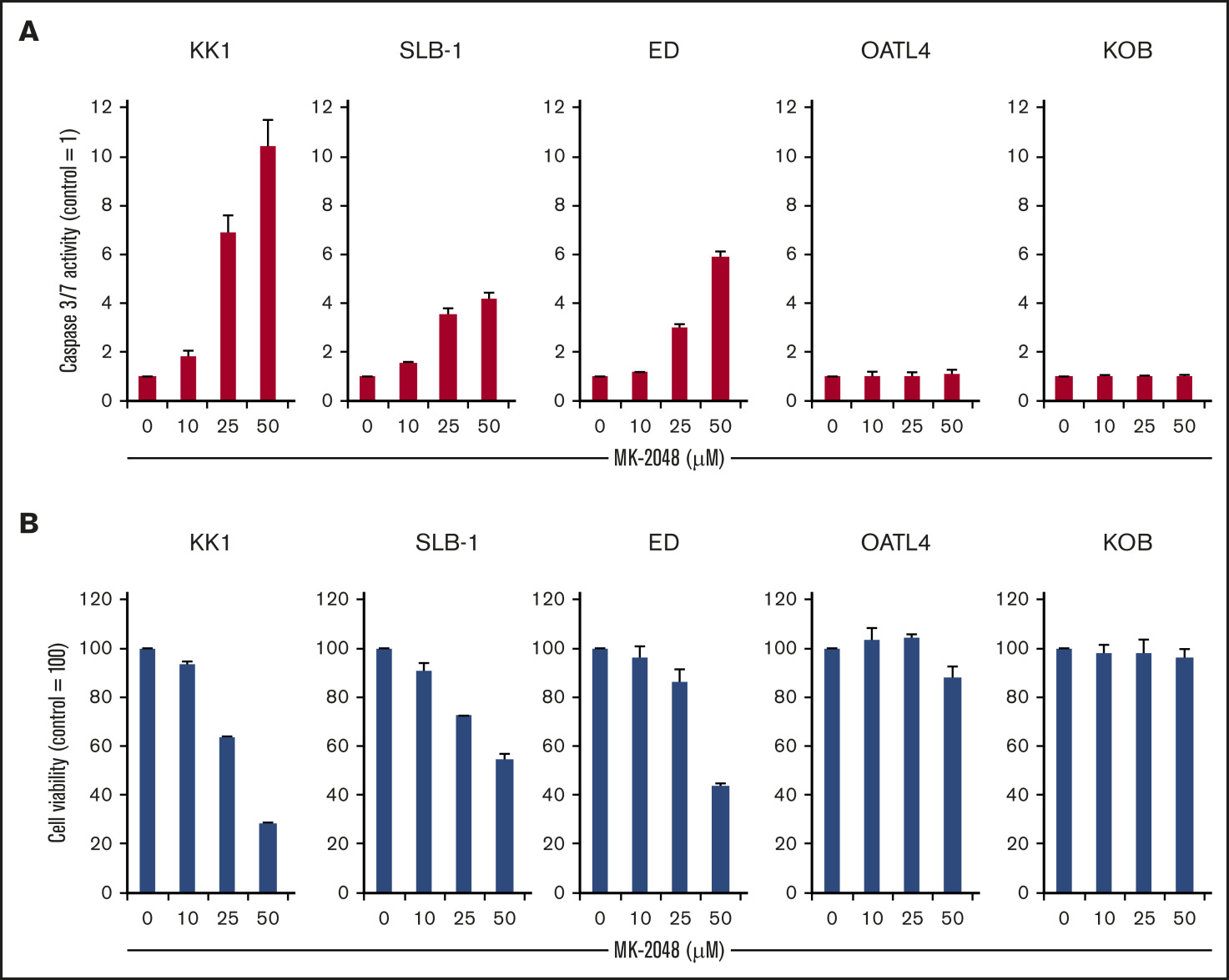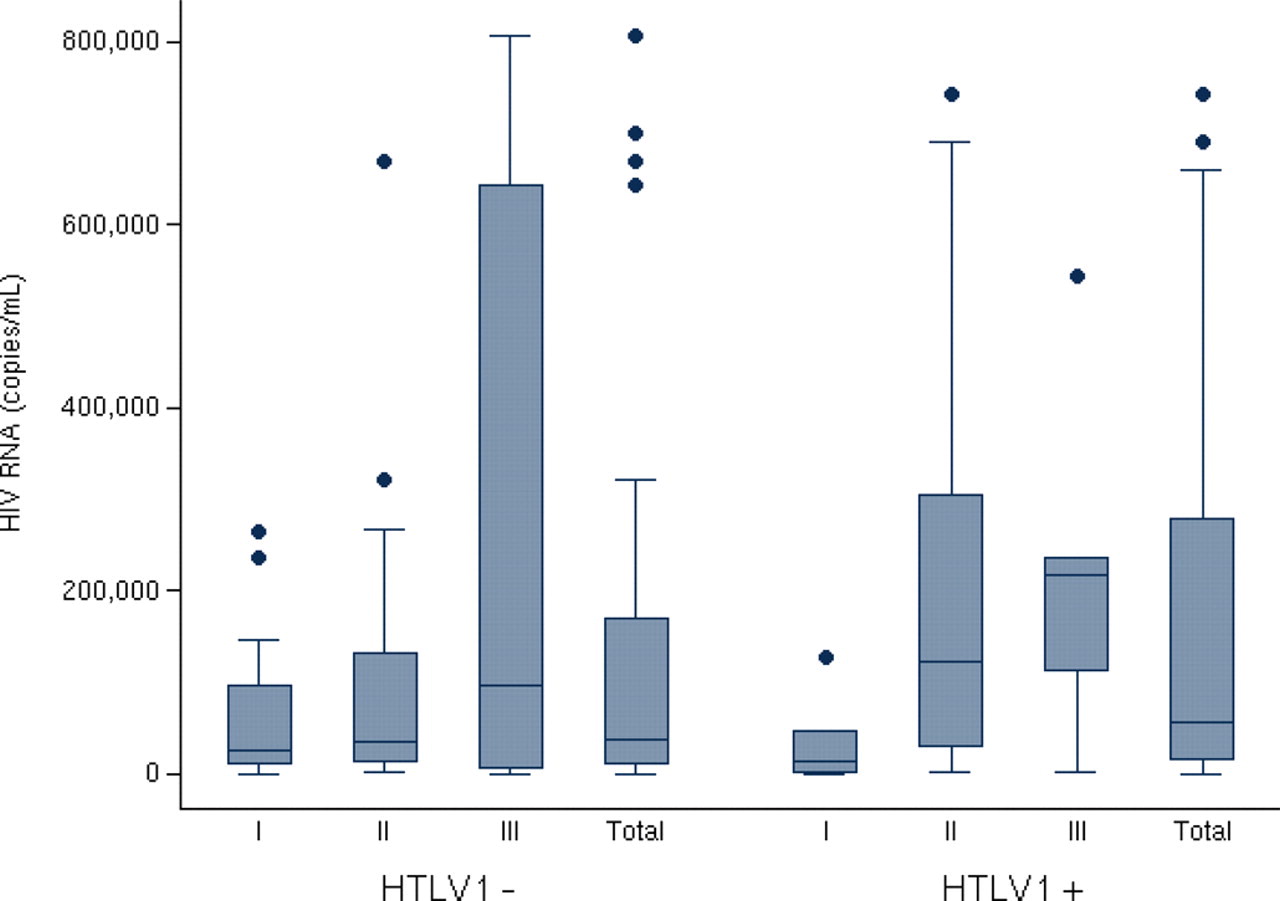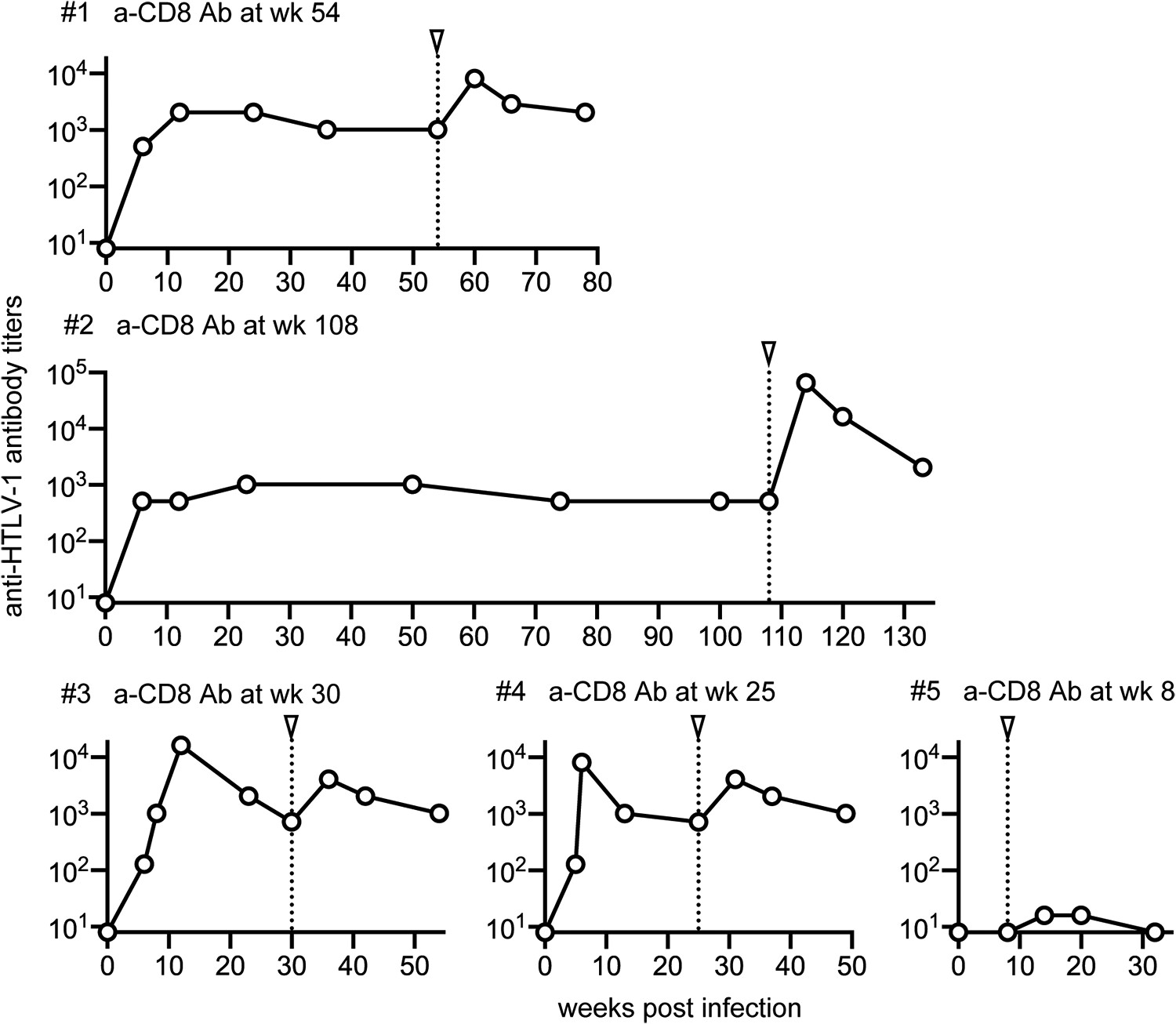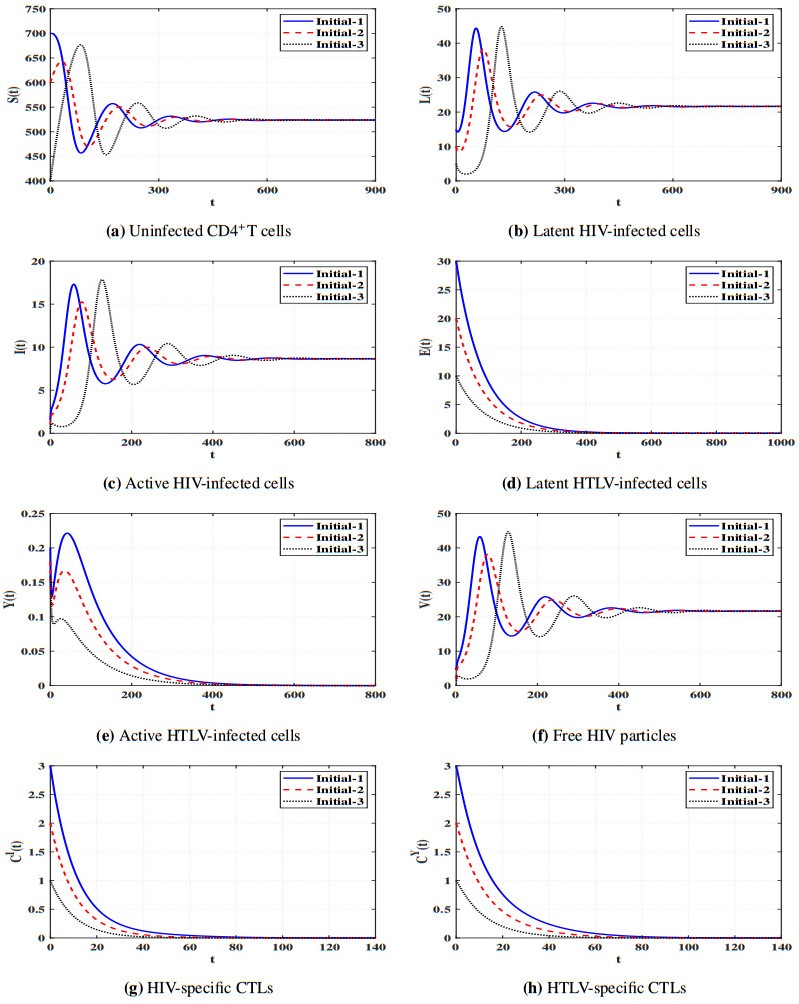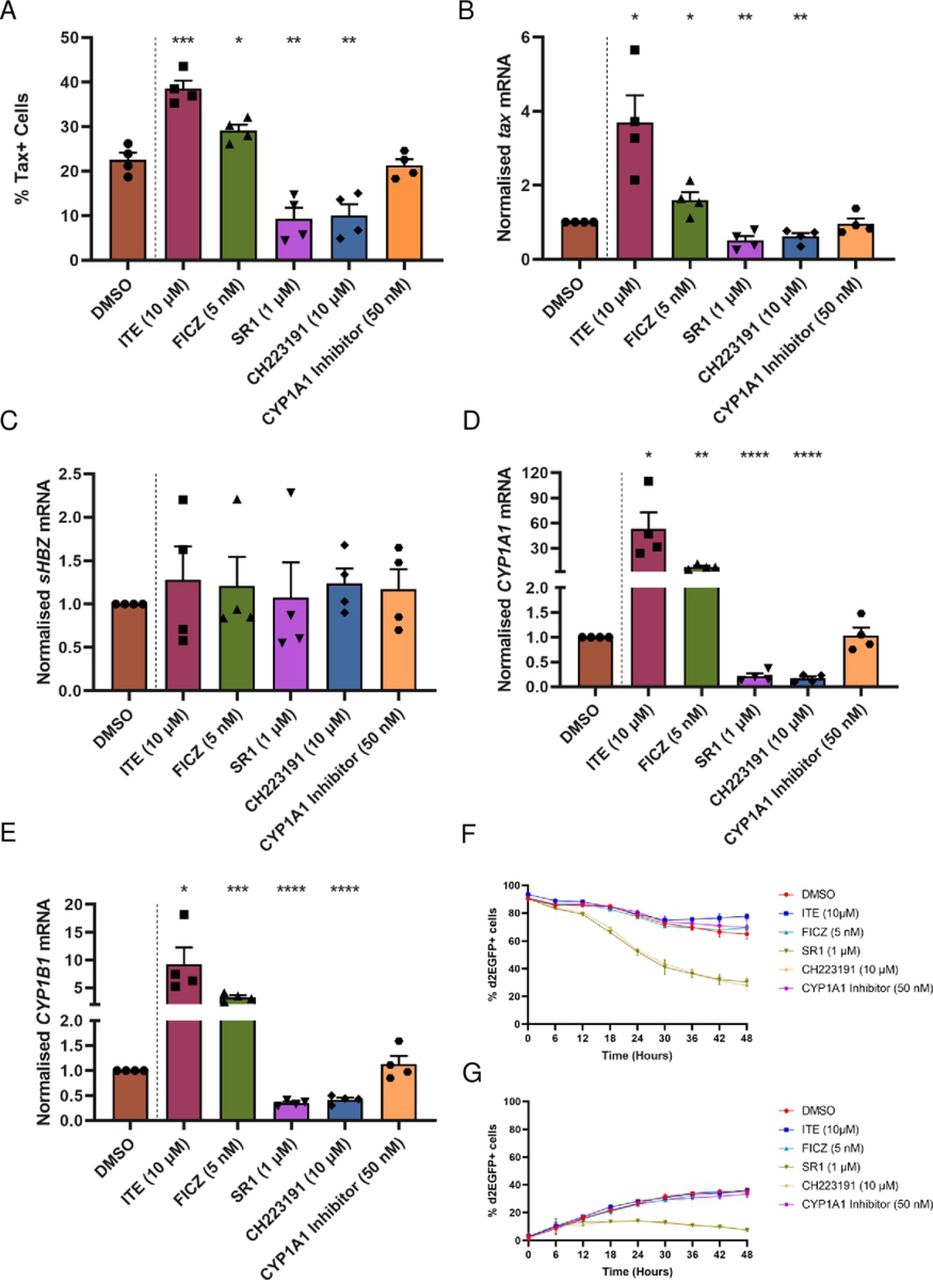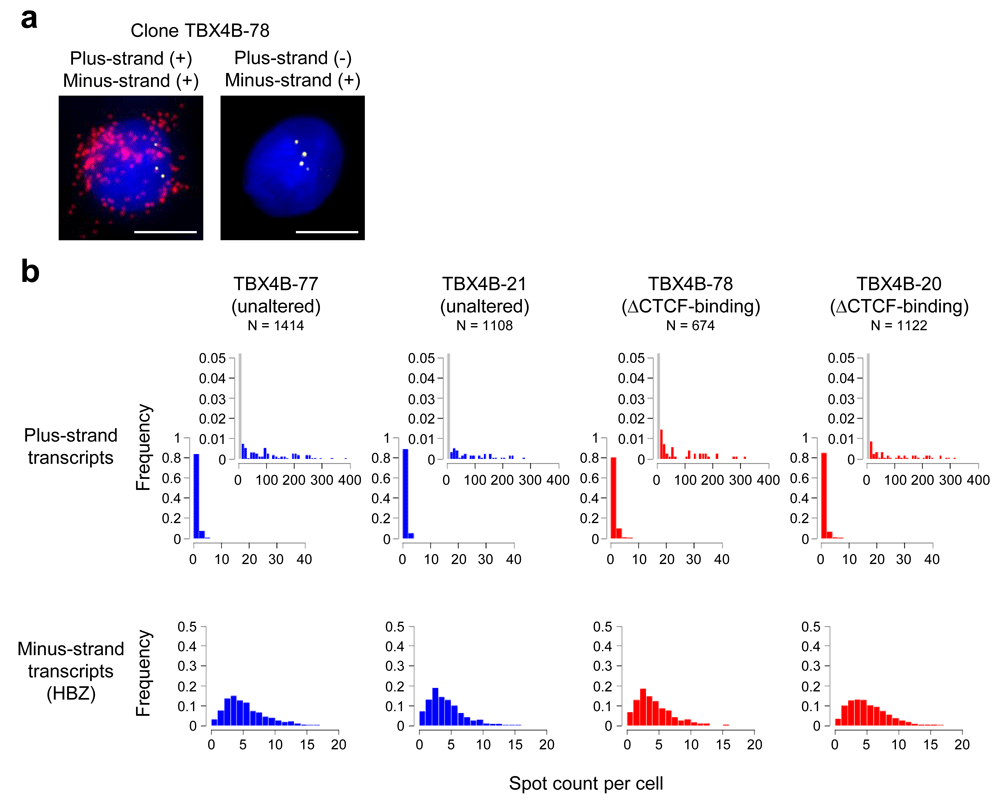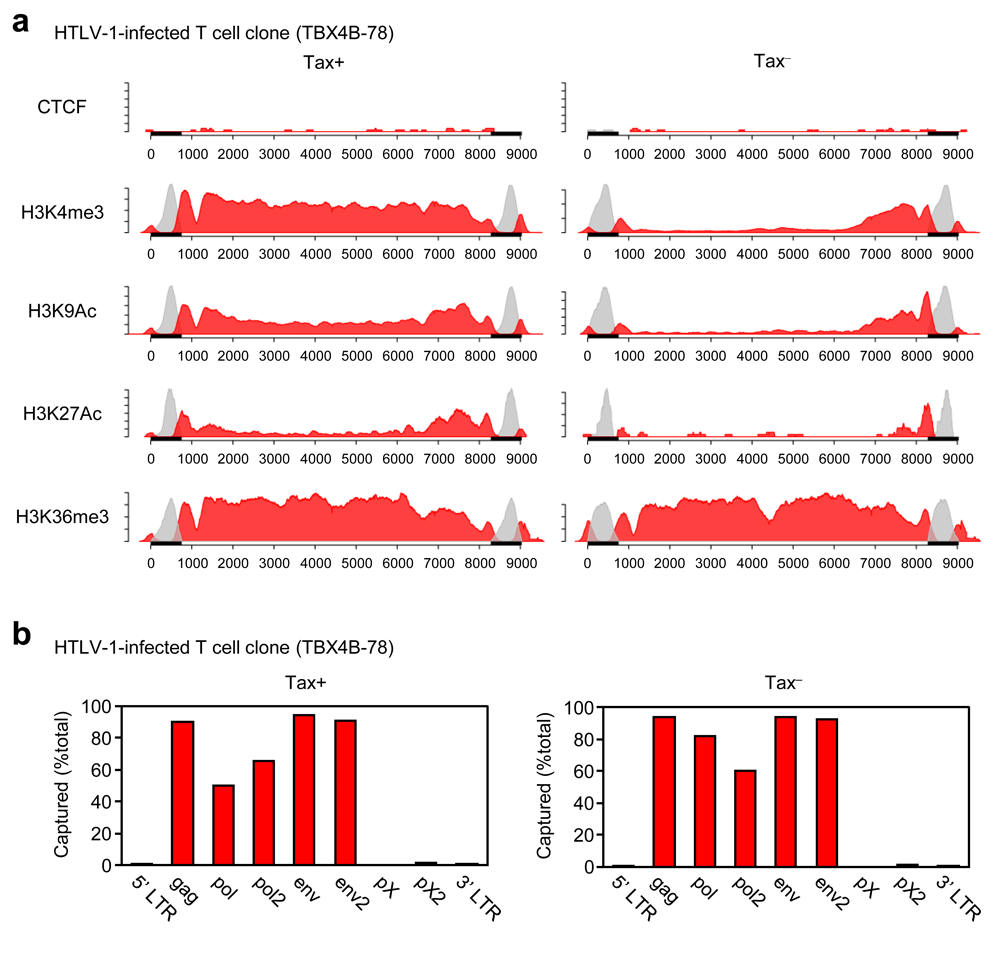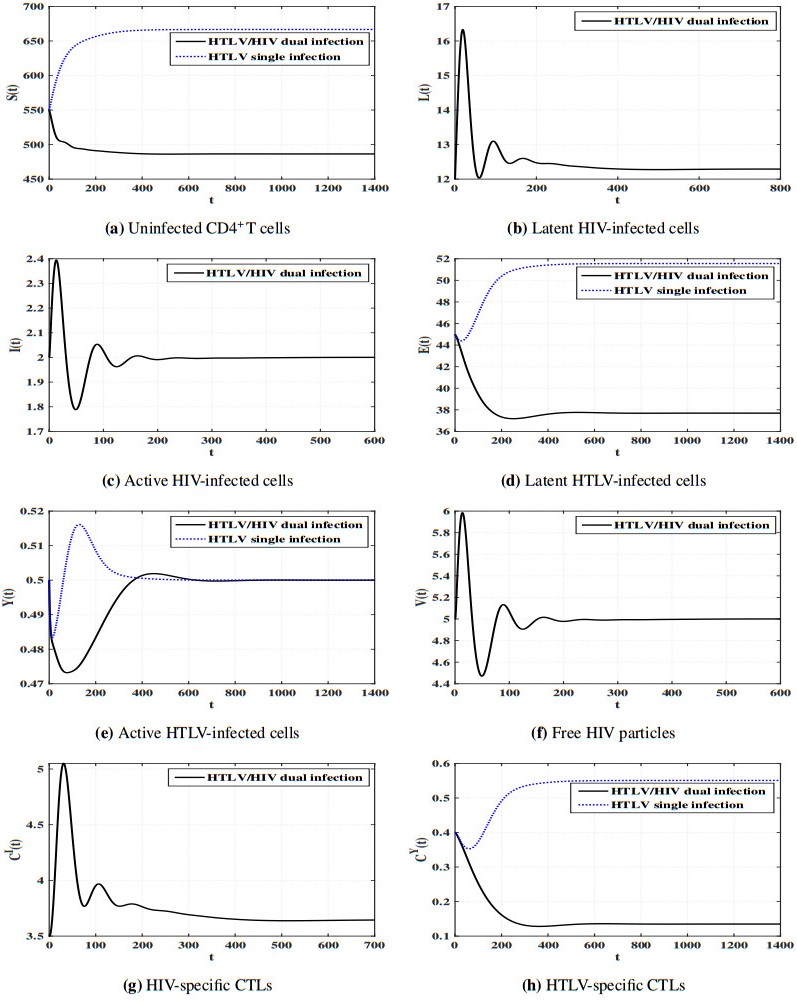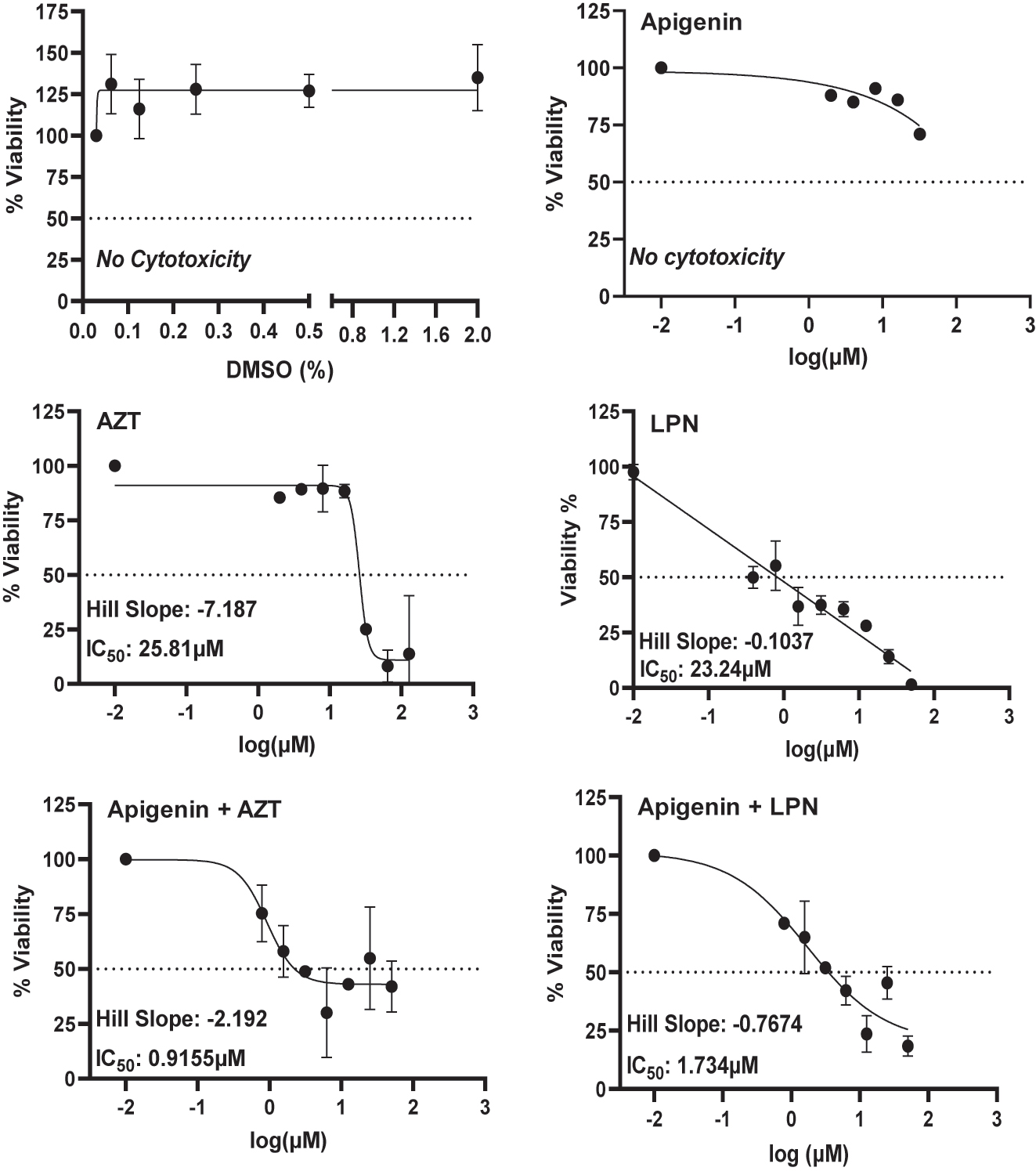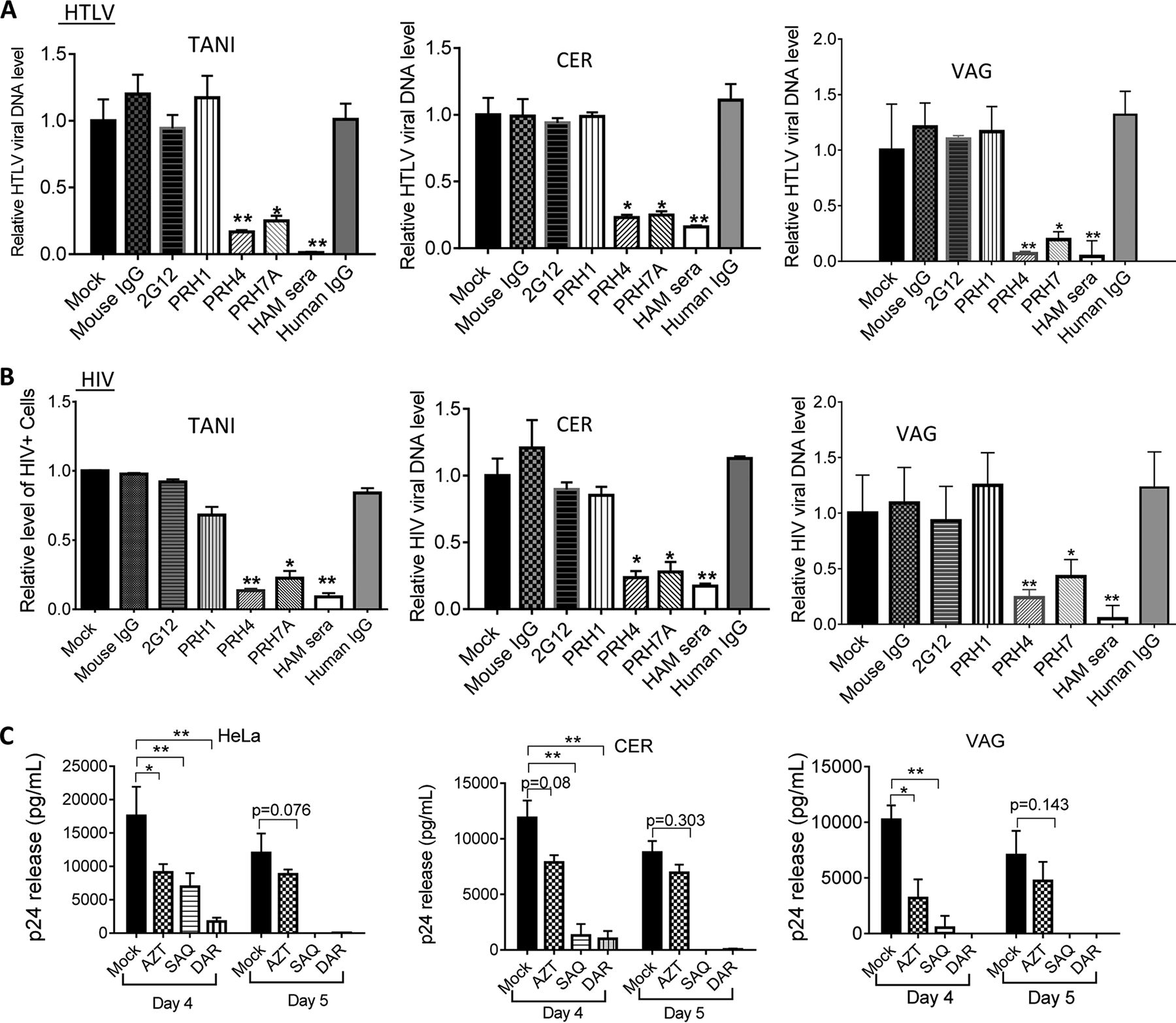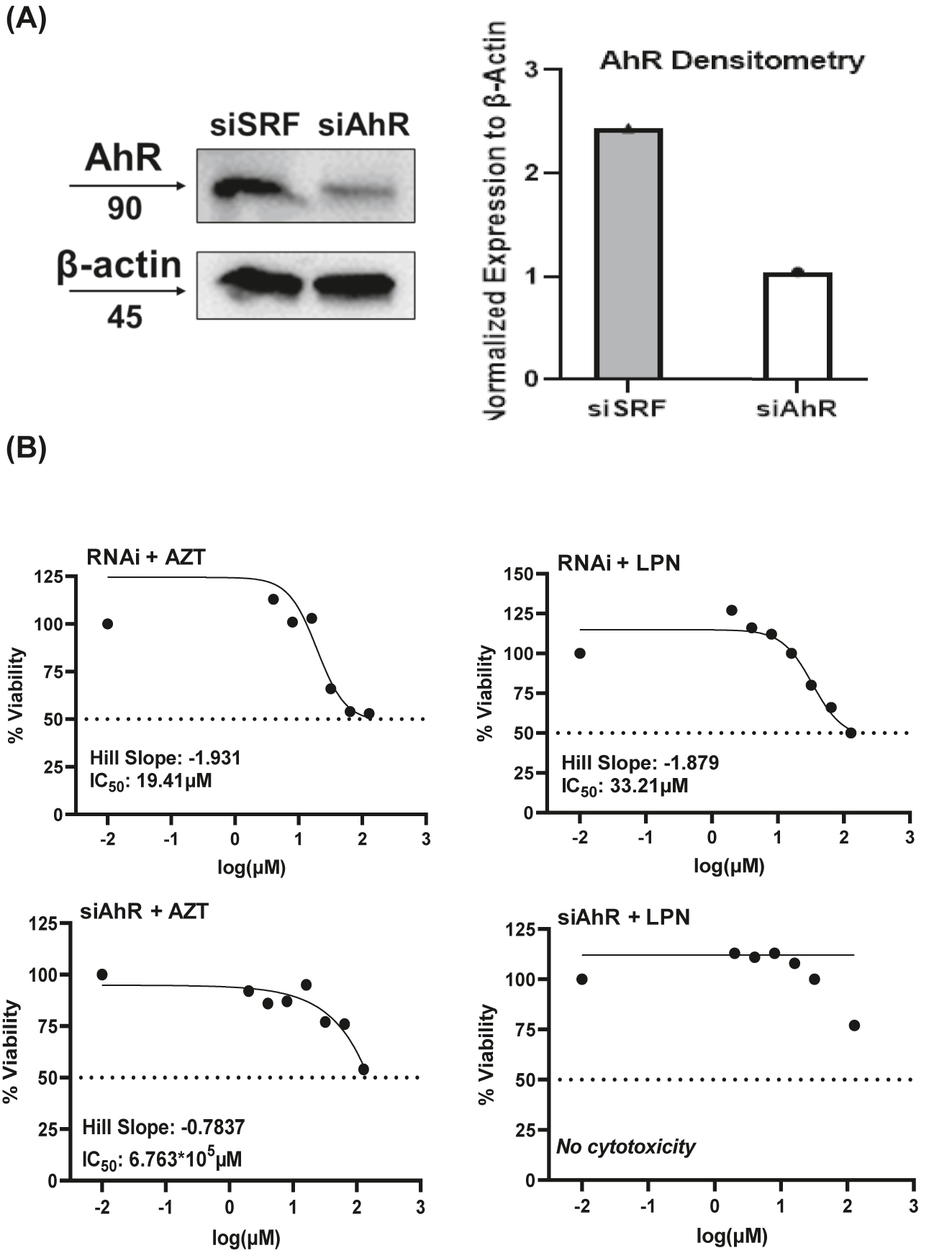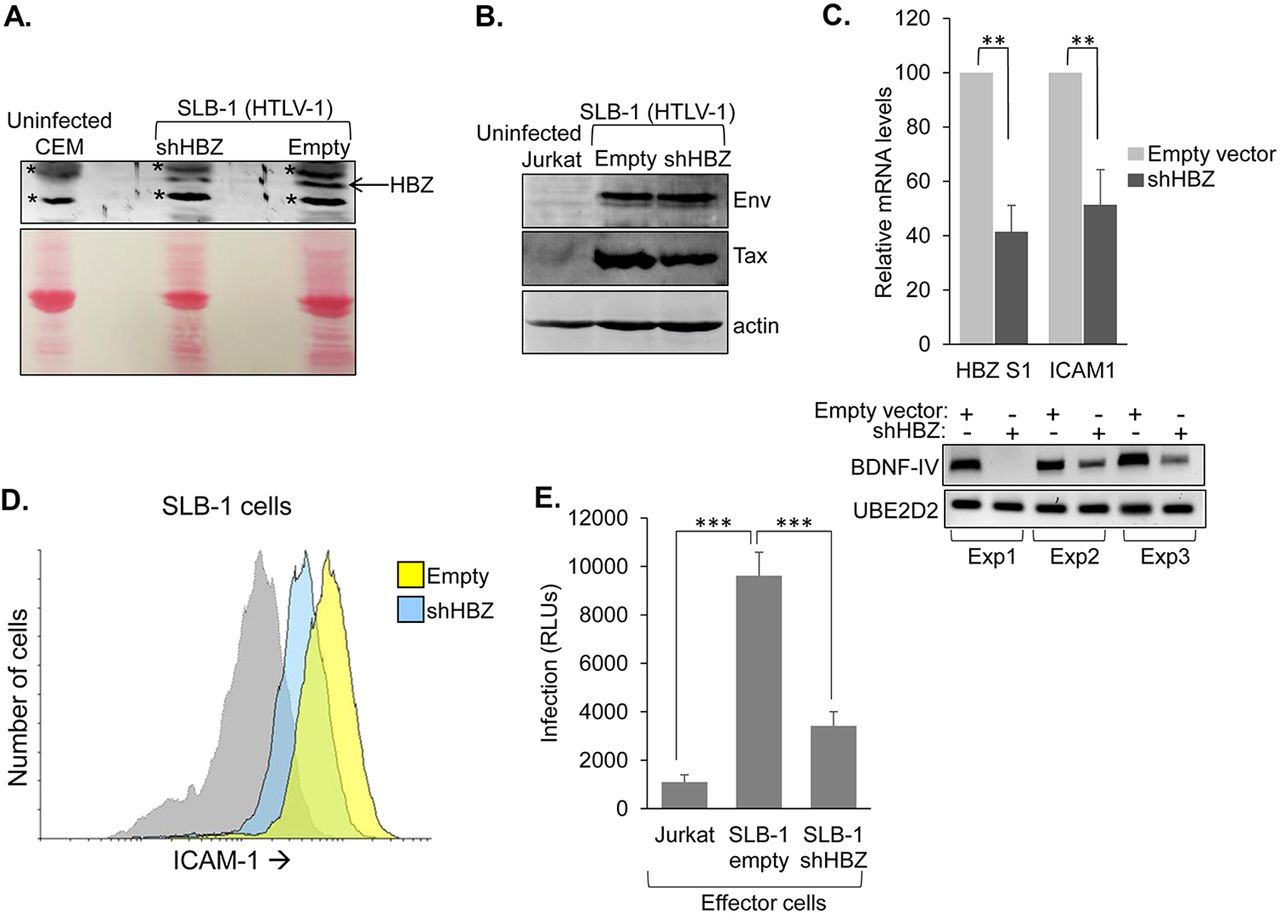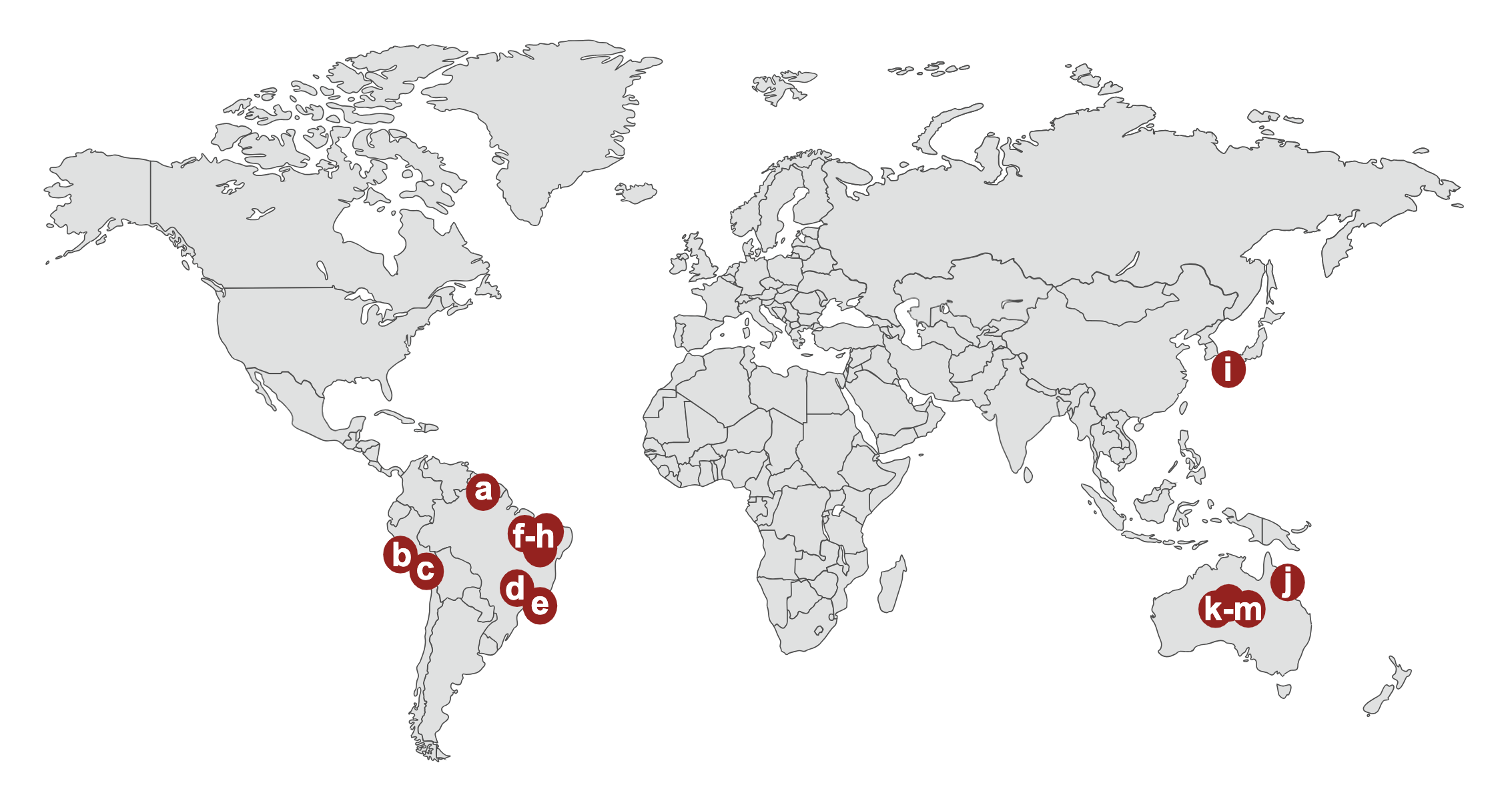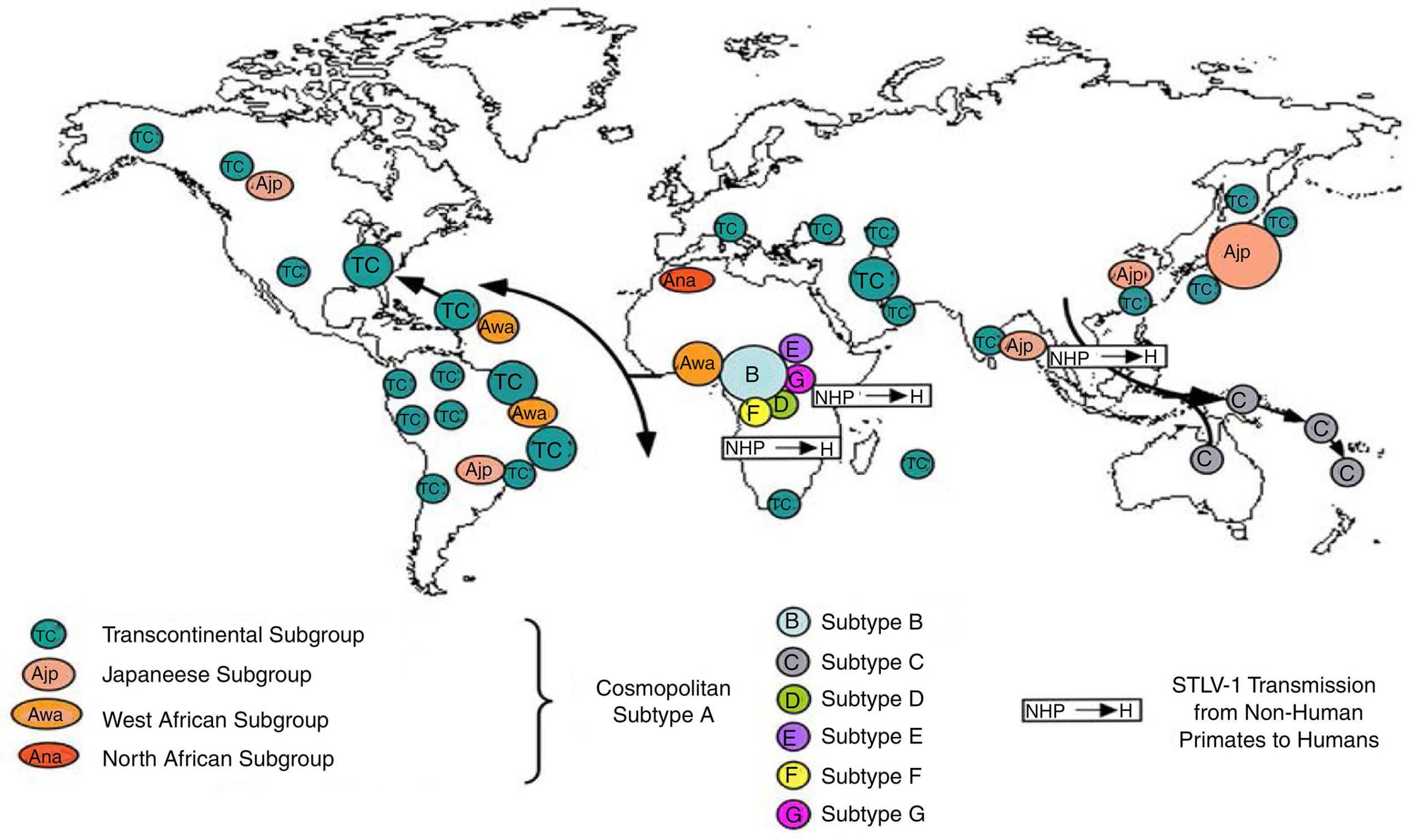
Key Points
- HTLV-1 is a virus that can infect your blood.
- Most people with HTLV-1 have no symptoms.
- Some people will develop adult T-cell leukaemia-lymphoma or HTLV-1 associated myelopathy (HAM).
- Once you have HTLV-1 you have it for life.
- There are things you can do to stop spreading the virus to other people.
What is HTLV-1?
HTLV-1 is a virus that infects your T-cells. T-cells are a type of white blood cell that form part of your immune system. HTLV-1 is also called human T-cell lymphotropic virus.
HTLV-1 is a distant relative of the human immunodeficiency virus (HIV) — the virus that causes acquired immunodeficiency syndrome (AIDS). HTLV-1 does not cause AIDS.
Between 5 million and 10 million people in the world are infected with HTLV-1. Infection is most common in:
- Japan
- The Caribbean
- Central Africa
- The Middle East
- Southern India
- China
- The Seychelles
- Papua New Guinea
- The Solomon Islands
- Australia
In Australia, HTLV-1 is of greatest concern for Aboriginal and Torres Strait Islander people. Especially those living in in Central Australia and the Kimberly region in Western Australia.
In some Aboriginal Communities, almost 1 in 2 people have the virus.
In Australia, the virus occurs in many Aboriginal populations. It has been found in people living as far apart as the Kimberley region in Western Australia and Cape York in Queensland.
The prevalence of HTLV-I (how many people have the virus) varies. For example, in:
- Central Australia the prevalence is estimated to be up to 14%
- Darwin the prevalence is estimated to be 0.5%
- East Arnhem Land the prevalence is estimated to be close to zero
In non-Aboriginal Australians the virus still appears to be uncommon.
What are the symptoms of HTLV-1?
Most people who have HTLV-1 have no symptoms.
Some other diseases are less clearly associated with HTLV-I. They include:
- some lung diseases
- certain cancers
- eye inflammation
- infective dermatitis
- crusted scabies
- reduced immunity
The health impacts of HTLV-1 are being investigated.
But in a few people, it can lead to either of these 2 diseases:
- adult T-cell leukaemia-lymphoma (ATLL)
- HTLV-1 associated myelopathy (HAM)
Adult T-cell leukaemia-lymphoma is a cancer which affects your blood or lymph nodes.
HTLV-1 associated myelopathy is also known as tropical spastic paraparesis (TSP). It is a chronic disease that affects your spinal cord. It mainly affects people who are over 40 years of age. It causes weakness like multiple sclerosis.
What causes HTLV-1?
You can get HTLV-1 from an infected person by:
- having unprotected sex
- sharing needles
- breastfeeding
You can’t catch HTLV-1 from:
- shaking hands
- hugging
- kissing
- sharing a glass
How is HTLV-1 diagnosed?
HTLV-1 is usually found using a blood test to detect antibodies to the virus.
Many people have no symptoms. You may only find out that you have the virus when you have a blood test.
Australian blood donor centres screen blood for HTLV-1 infection.
How is HTLV-1 treated?
There is no specific treatment for HTLV-1.
Treatment is available for some of the complications of HTLV-1.
Can HTLV-1 be prevented?
Once you have HTLV-1, you can pass it on to other people for the rest of your life.
There is currently no vaccine against HTLV-1.
You can lower the chance of passing on or getting the HTLV-1 virus by:
- practising safe sex — such as using a condom
- not sharing needles
- not donating blood if you have the virus
You can breastfeed your baby and not pass on HTLV-1 by freeze-thawing your breast milk. Talk to a midwife, nurse or doctor with experience with HTLV-1 infection.
Diseases caused by HTLV-1
It can take between 10 years and 40 years after infection with HTLV-1 for these diseases to happen.
Adult T-cell leukaemia-lymphoma
Adult T-cell leukaemia-lymphoma is a type of cancer. It happens when your white blood cells multiply too quickly.
It can affect your blood (leukaemia) or your lymph nodes (lymphoma).
Adult T-cell leukaemia-lymphoma happens:
- in 1 in 20 people who are infected with HTLV-1
- mostly in people who were infected with HTLV-1 as babies
Adult T-cell leukaemia-lymphoma usually happens later in life.
There are 4 sub-types of adult T-cell leukaemia/lymphoma. Your symptoms will depend on the type you have.
Symptoms typically are:
- swollen lymph nodes
- skin rash
- a swollen liver and spleen (may cause bloating and a painful stomach)
- fevers and night sweats
HTLV-1 associated myelopathy/tropical spastic paraparesis
Only a few people with HTLV-1 infection will develop HAM/TSP — less than 3 in 100 people.
Symptoms include:
- progressive muscle weakness in the legs
- muscle stiffness and spasms
- lower back pain
- not being able to control your bladder (wee) or bowels (poo)
HTLV-1 complications
In people with HTLV-1, some infections such as roundworm and scabies can be worse.
There are some other illnesses that are associated with HTLV-1. These are:
- HTVL-1 associated uveitis (HAU)
- infective dermatitis and seborrheic dermatitis
- bronchiectasis, bronchitis and bronchiolitis
- Sjögren’s syndrome
- rheumatoid arthritis
- fibromyalgia
- ulcerative colitis
